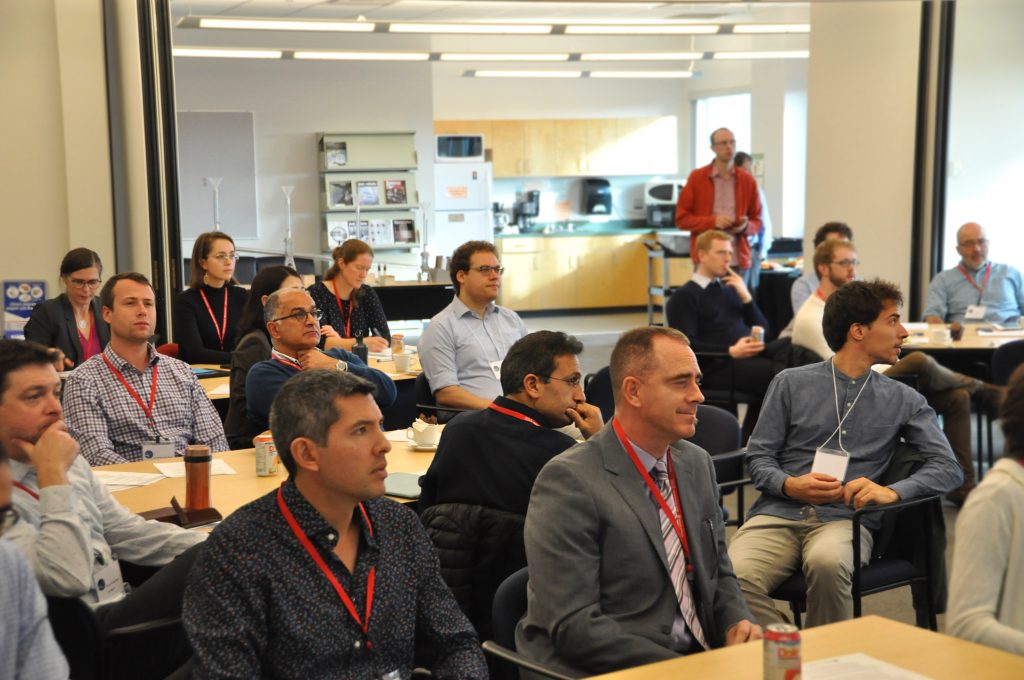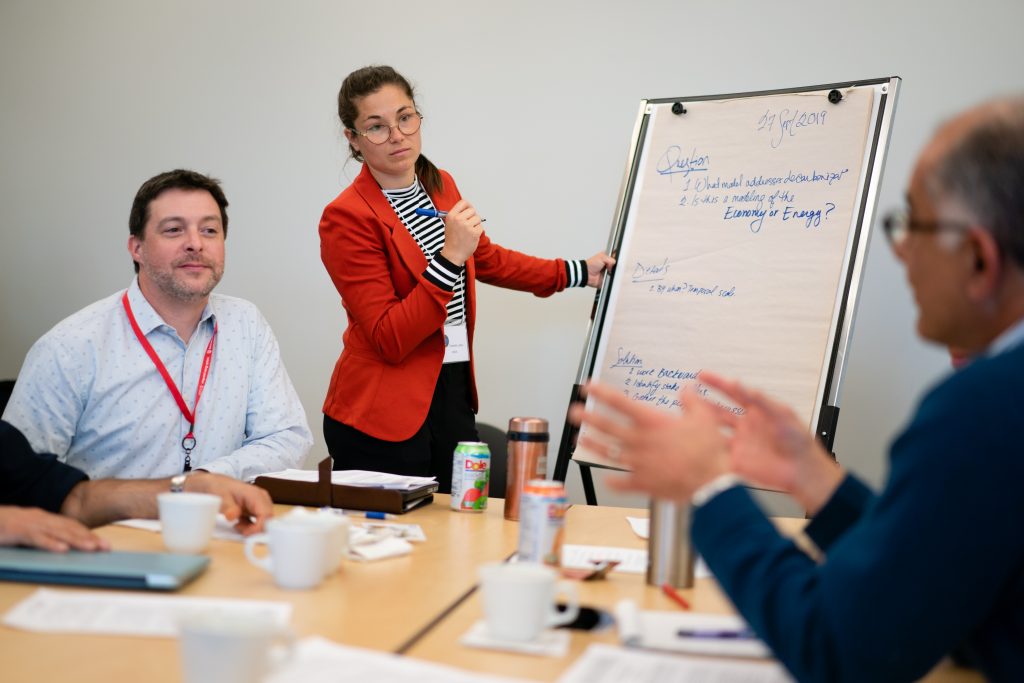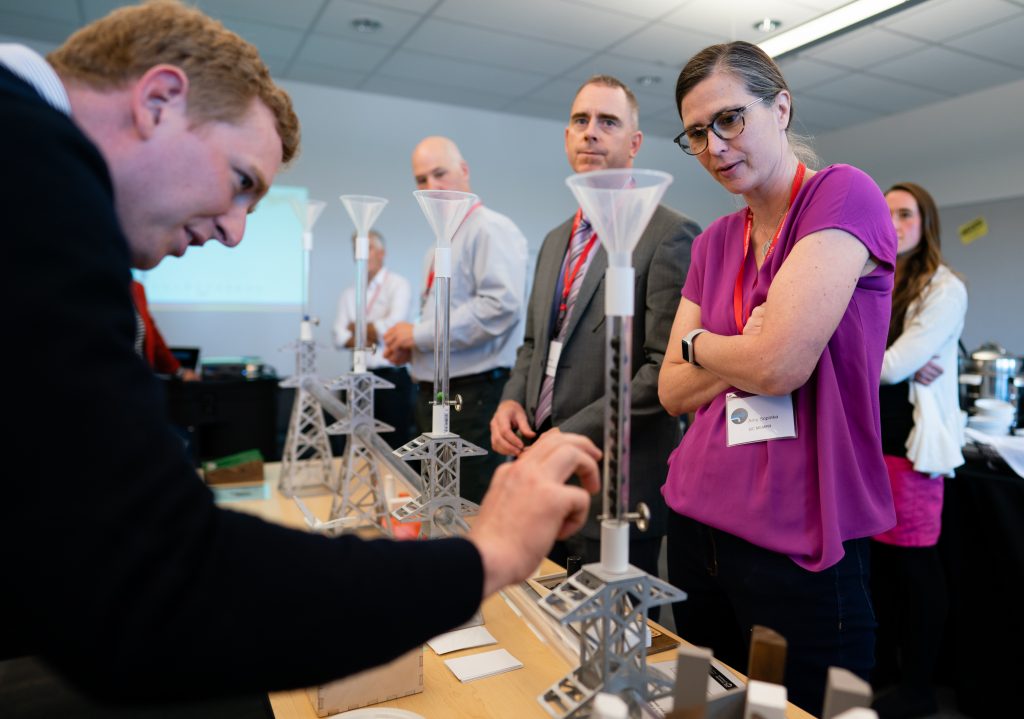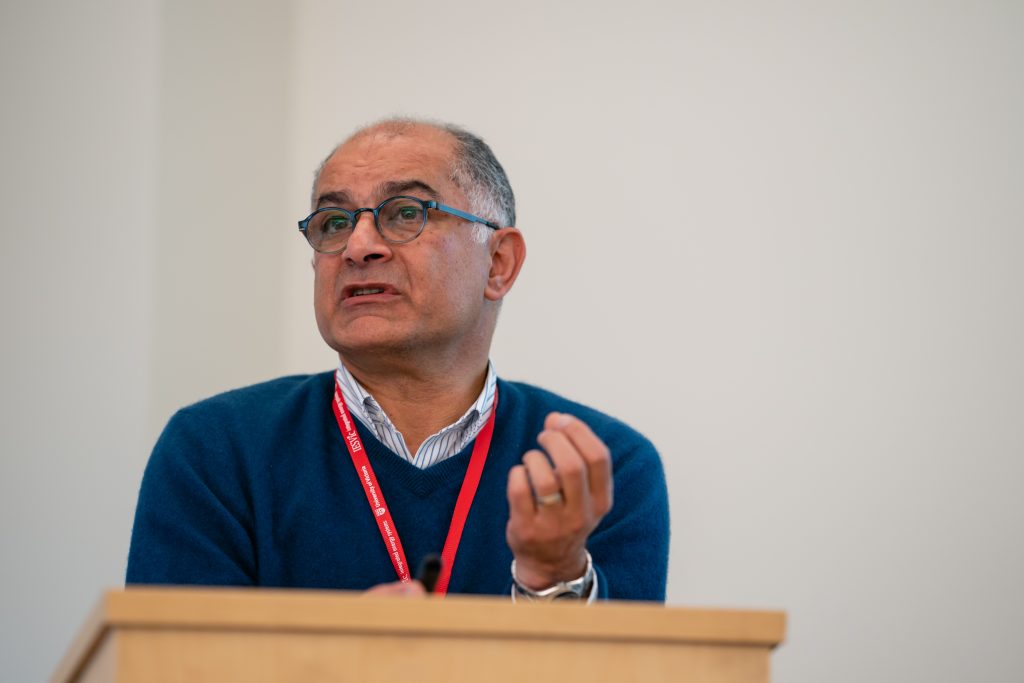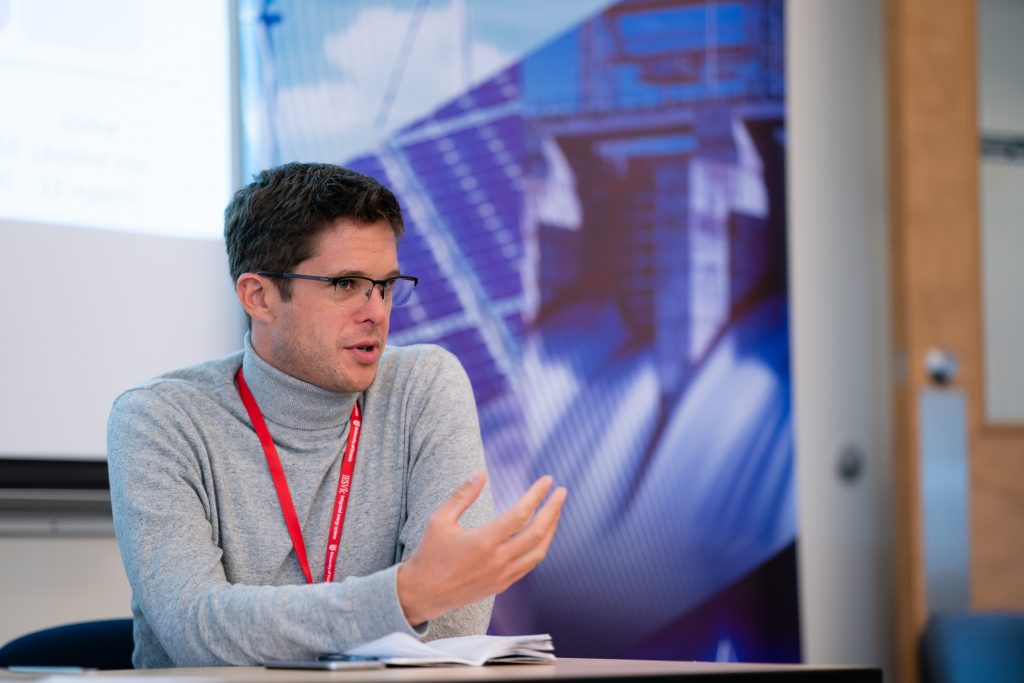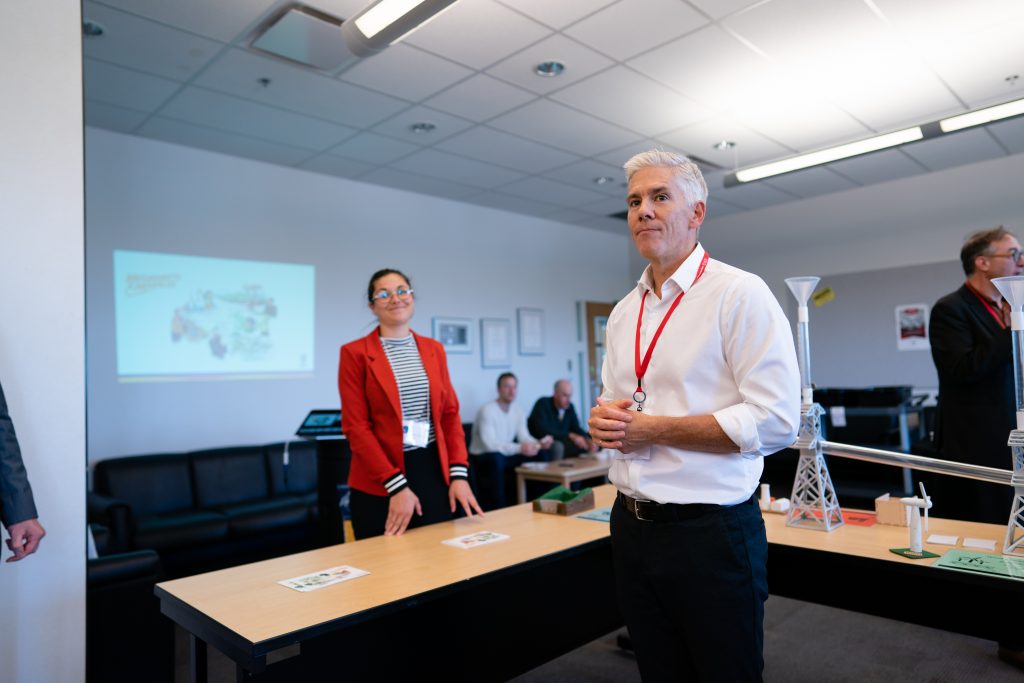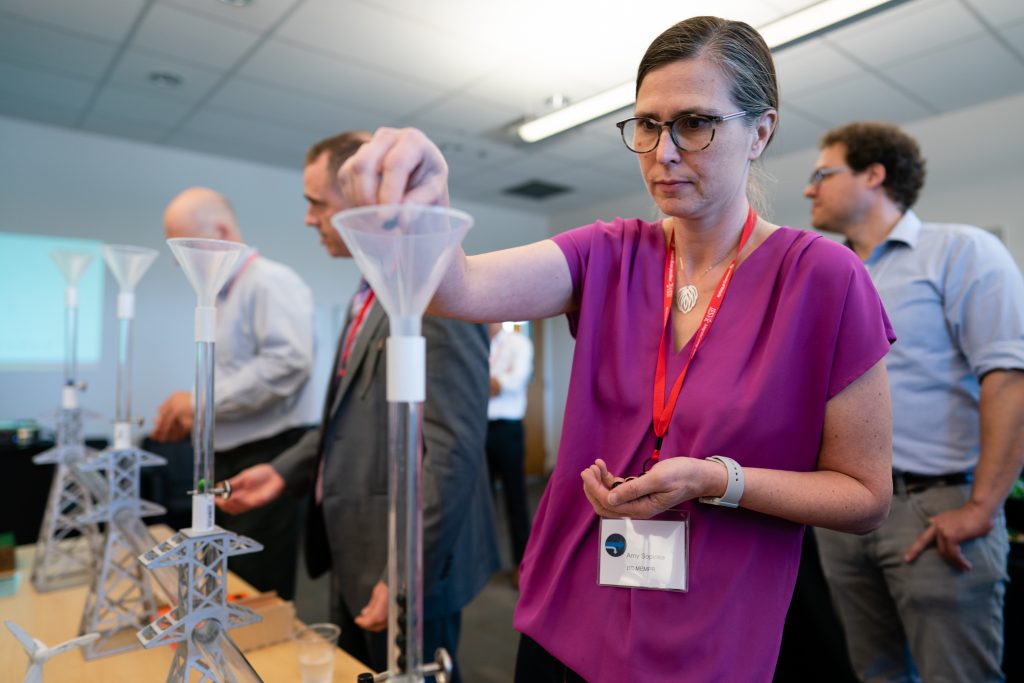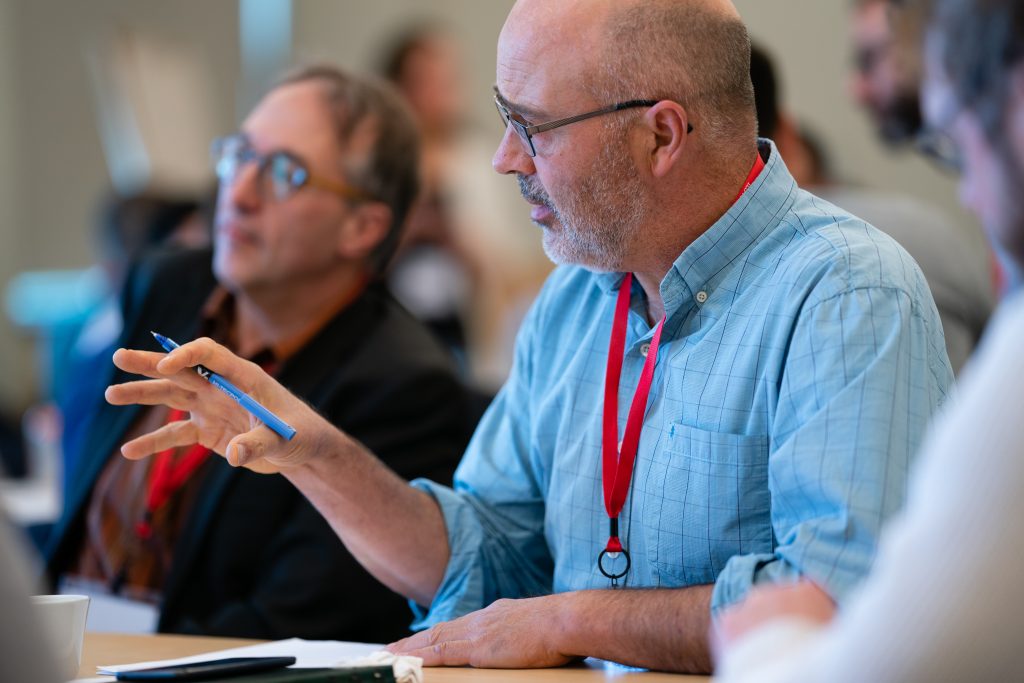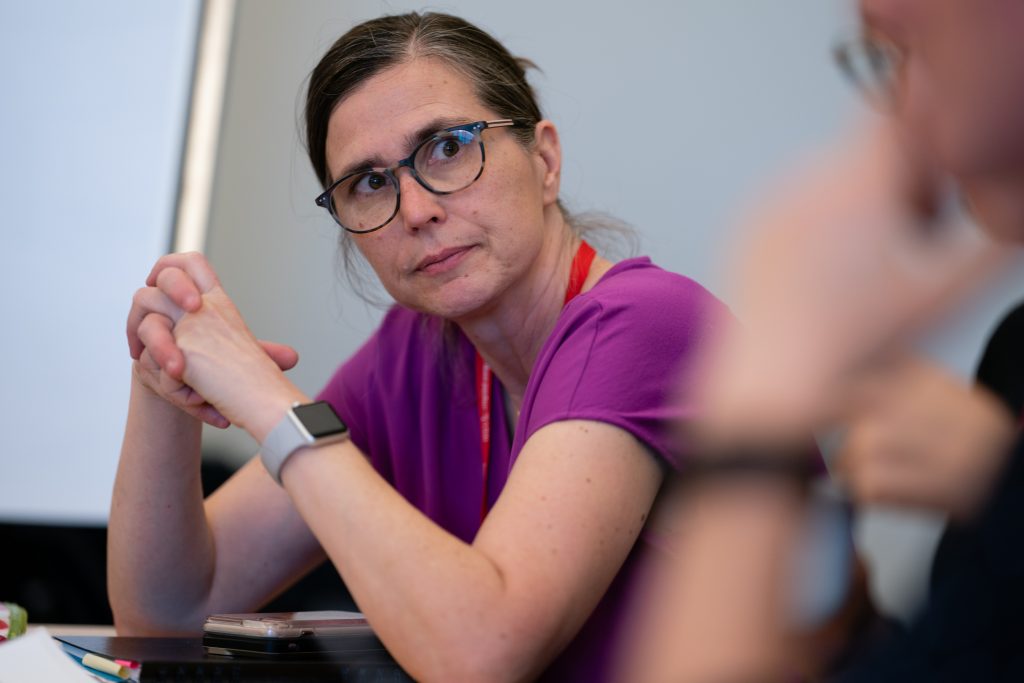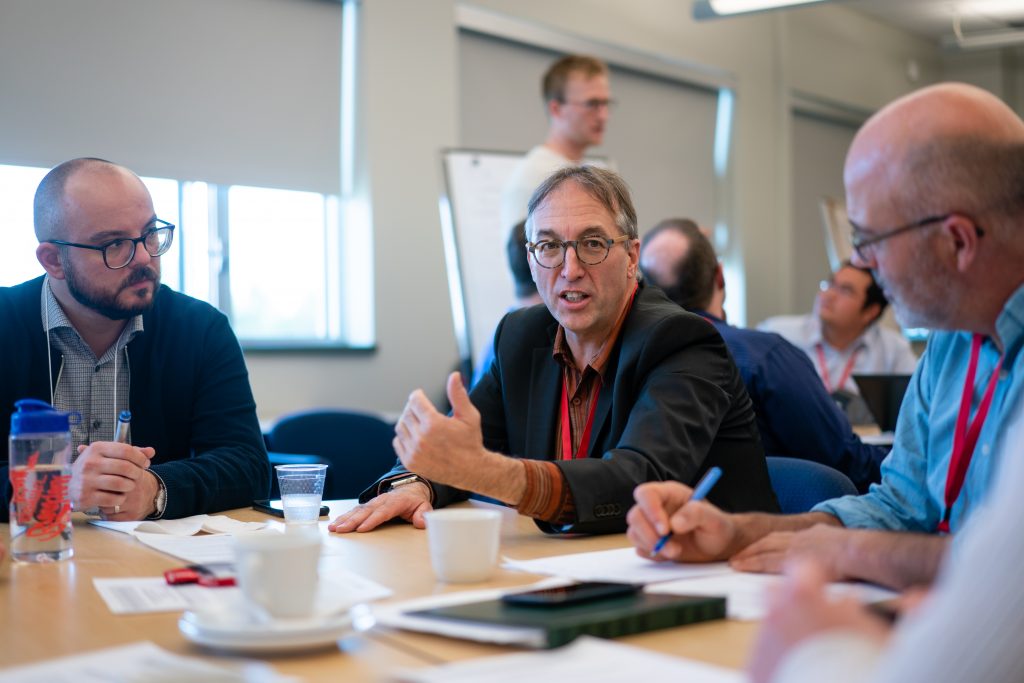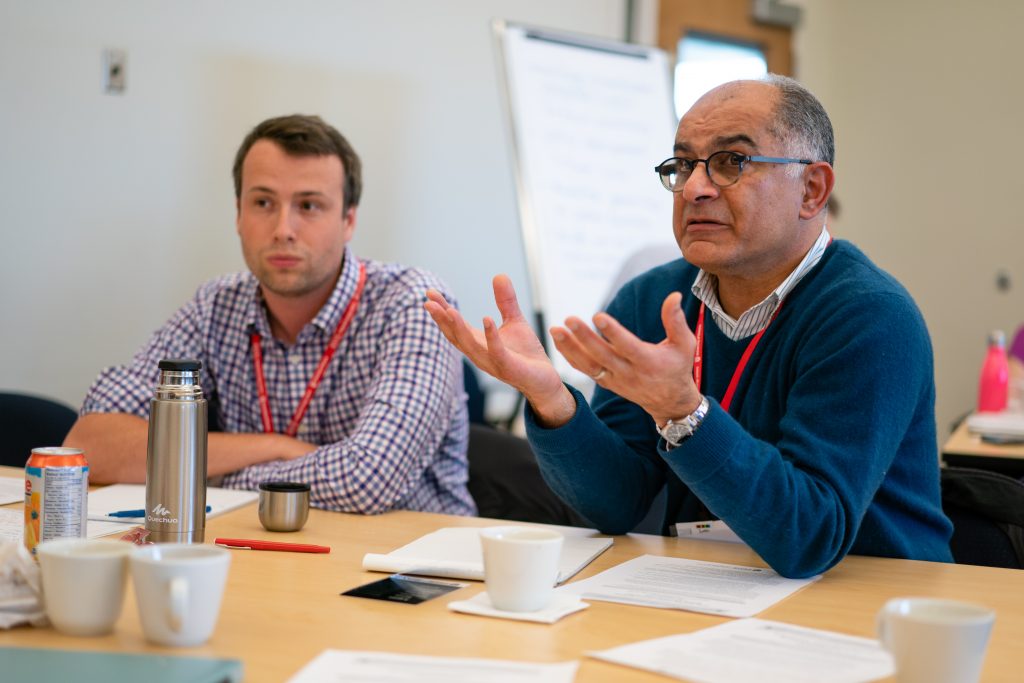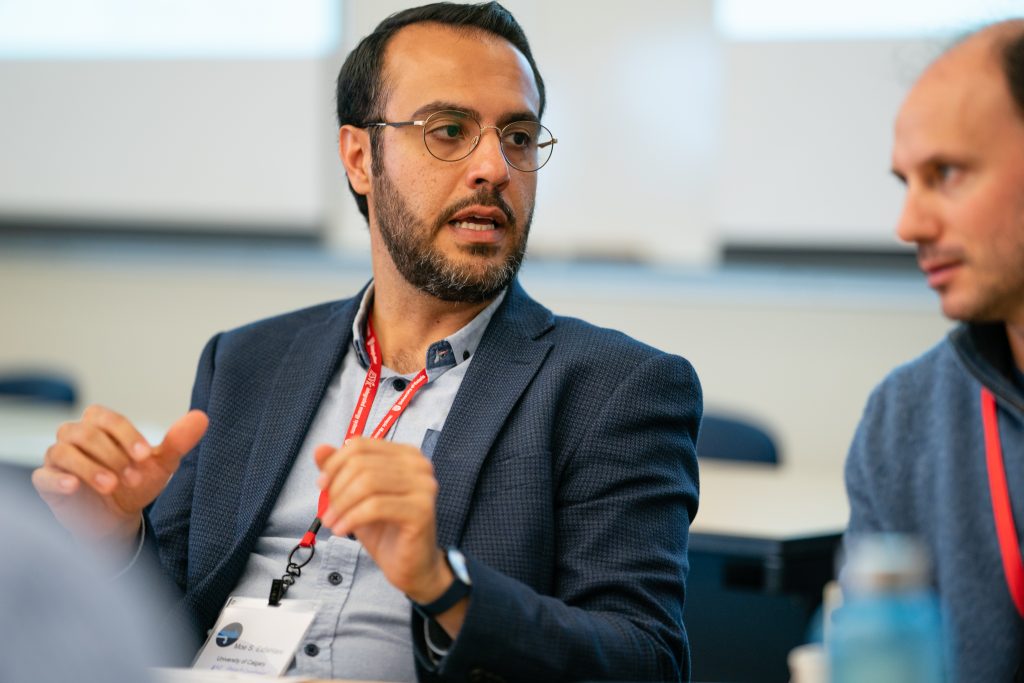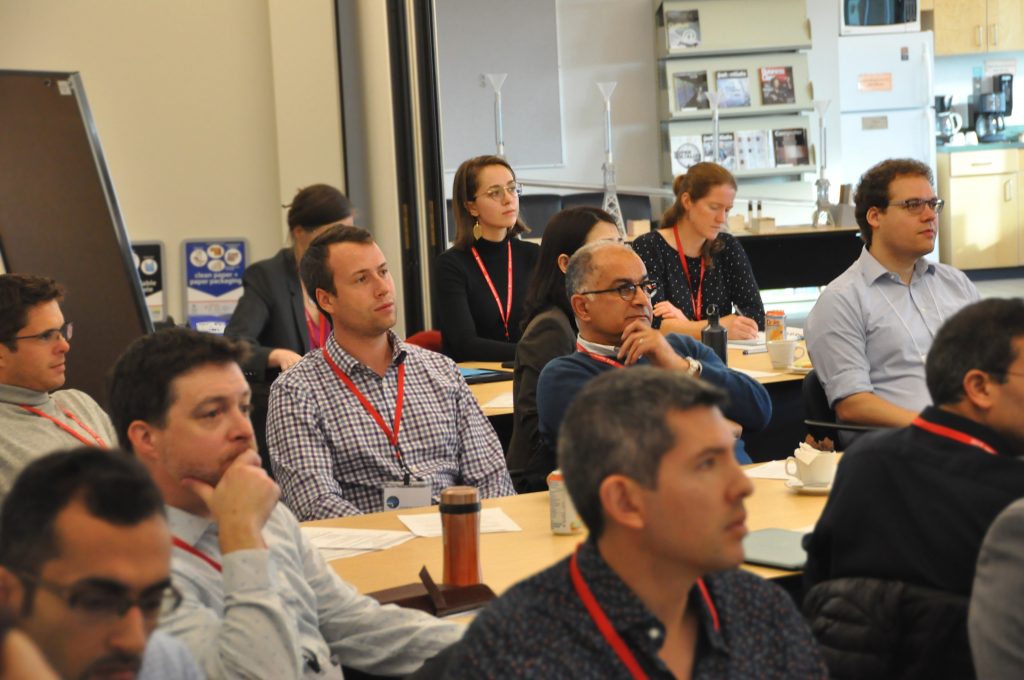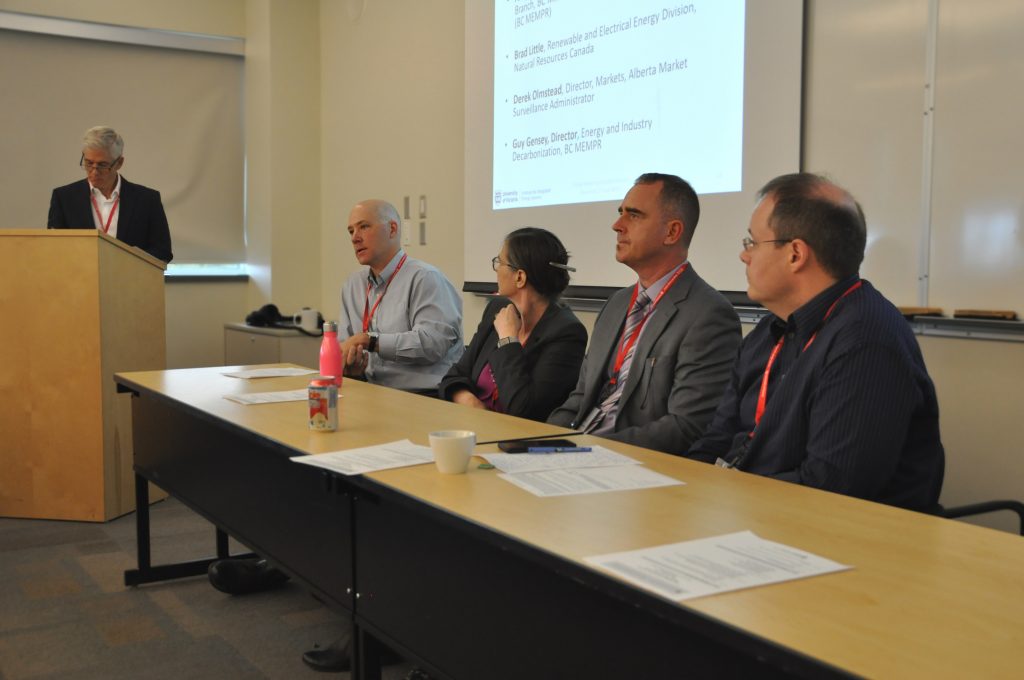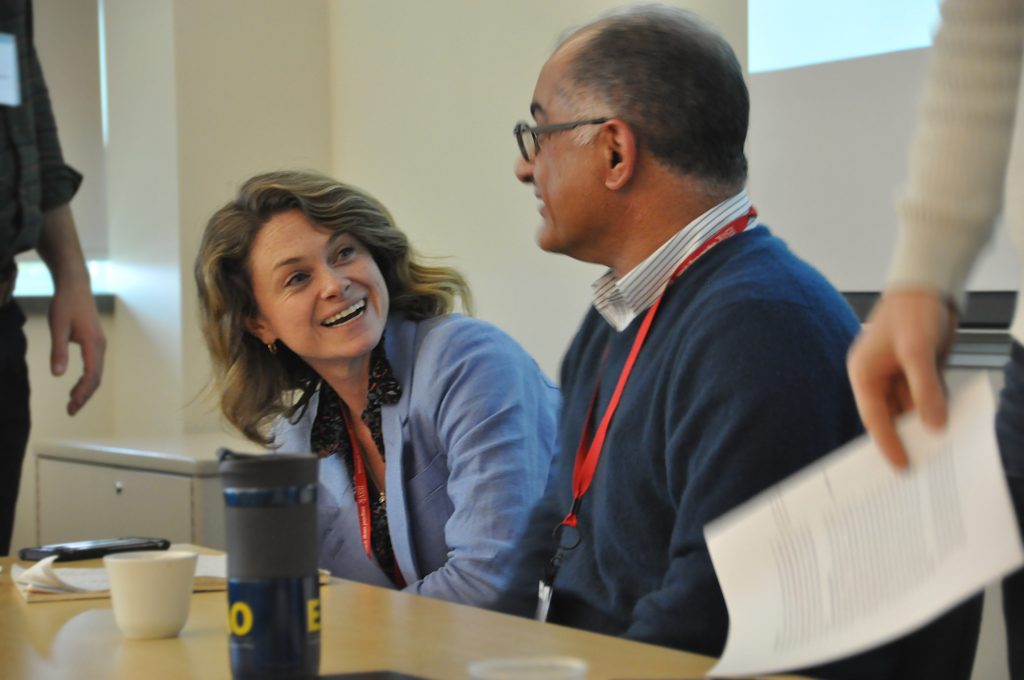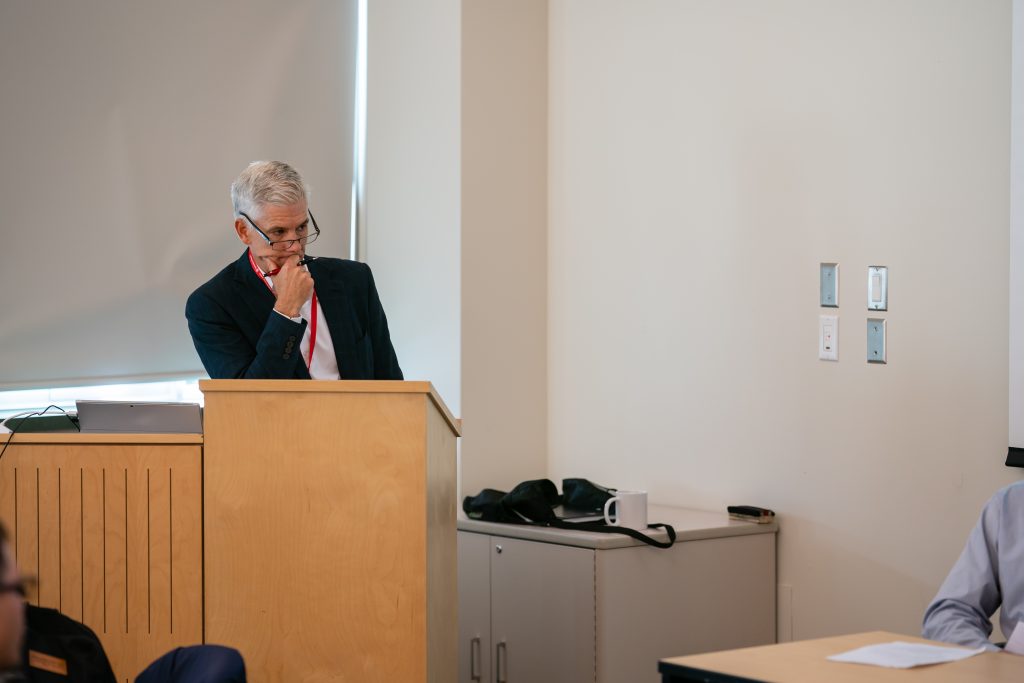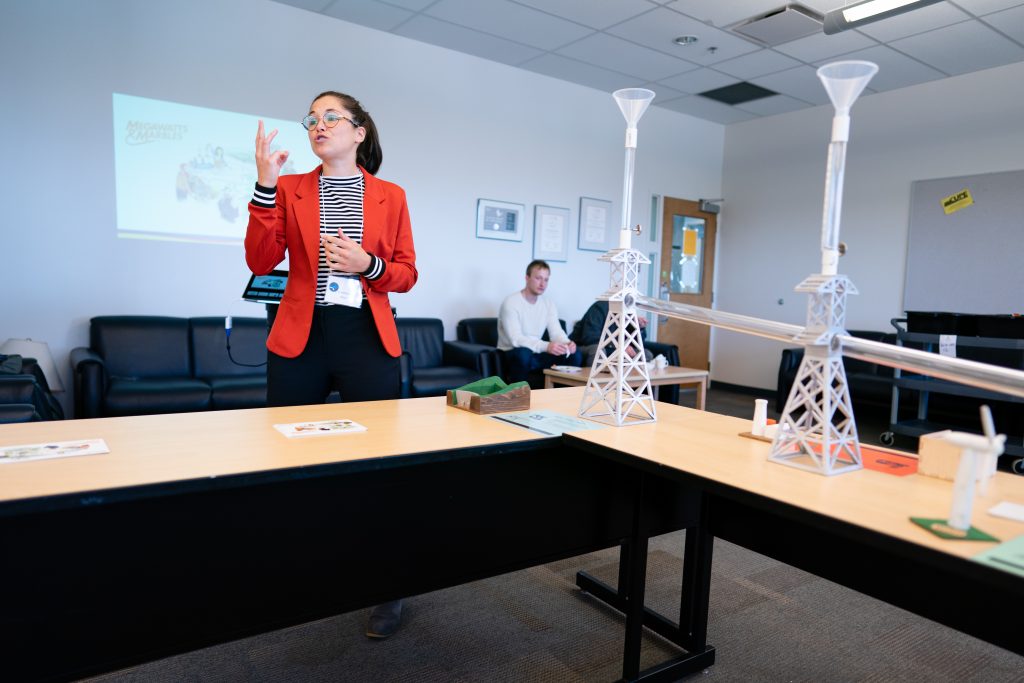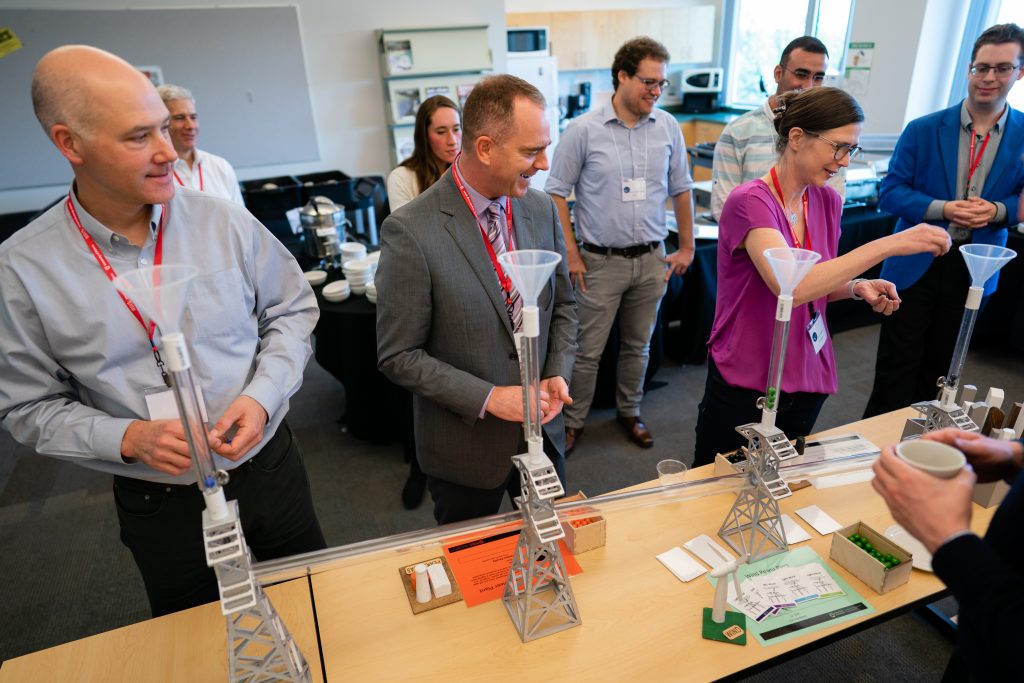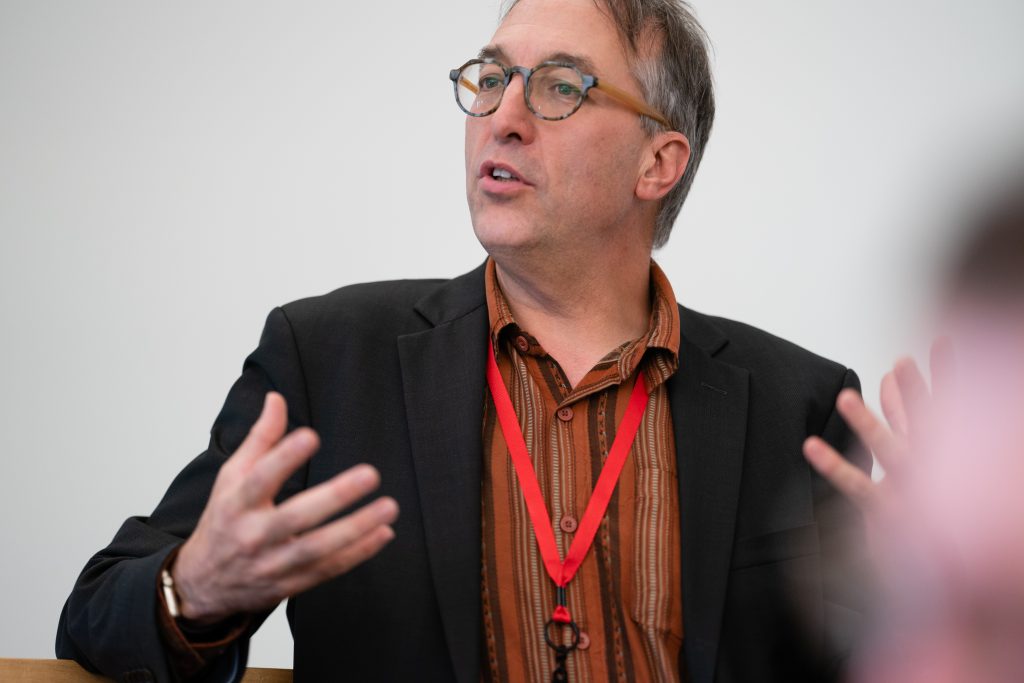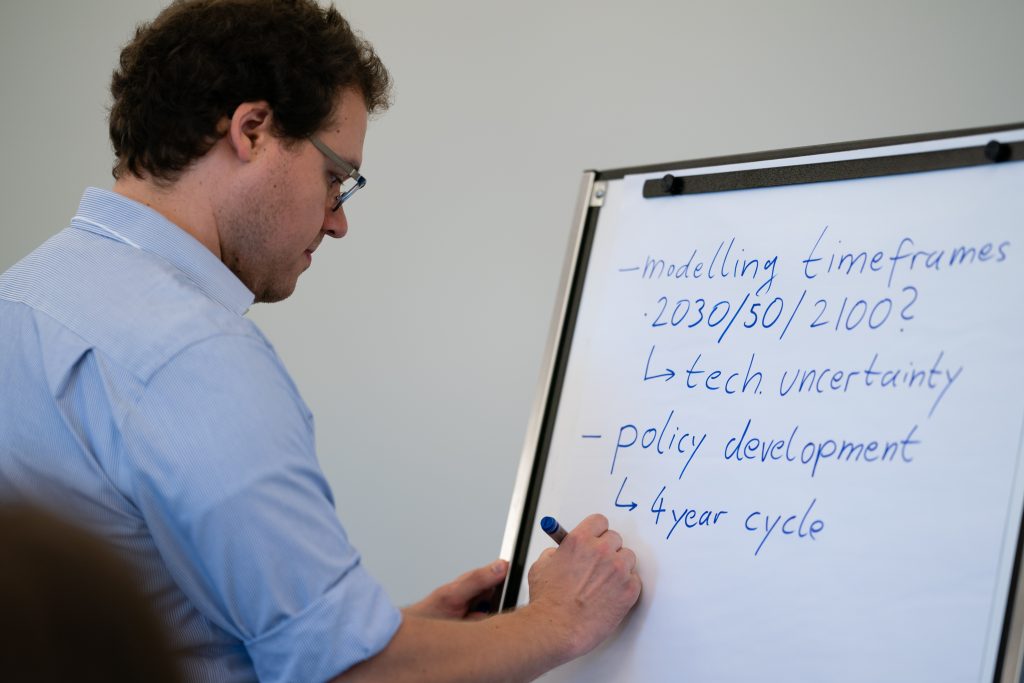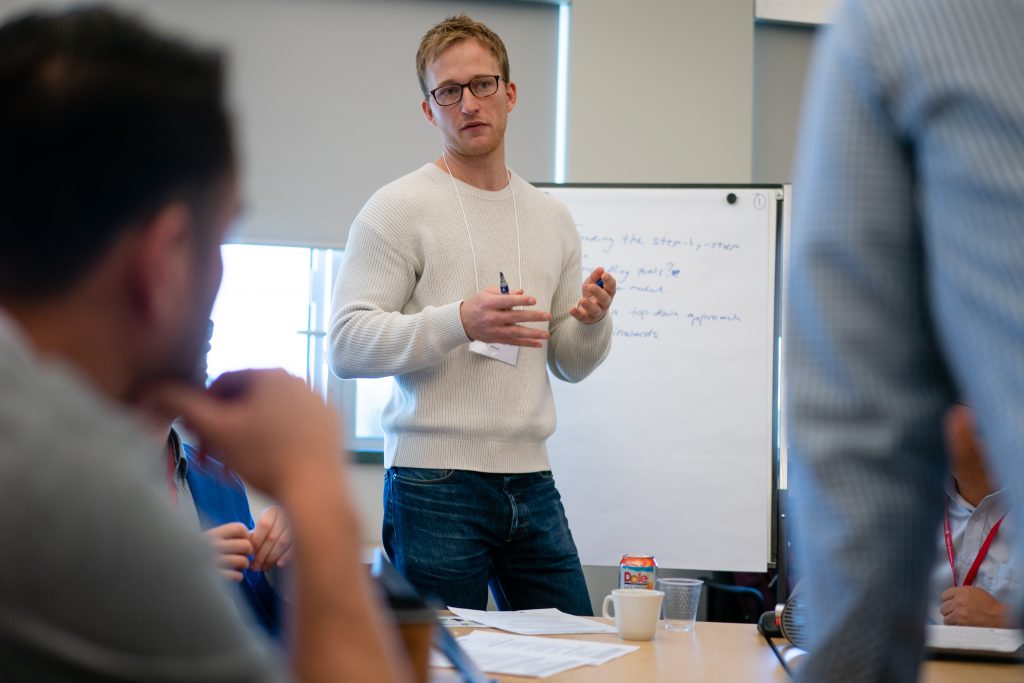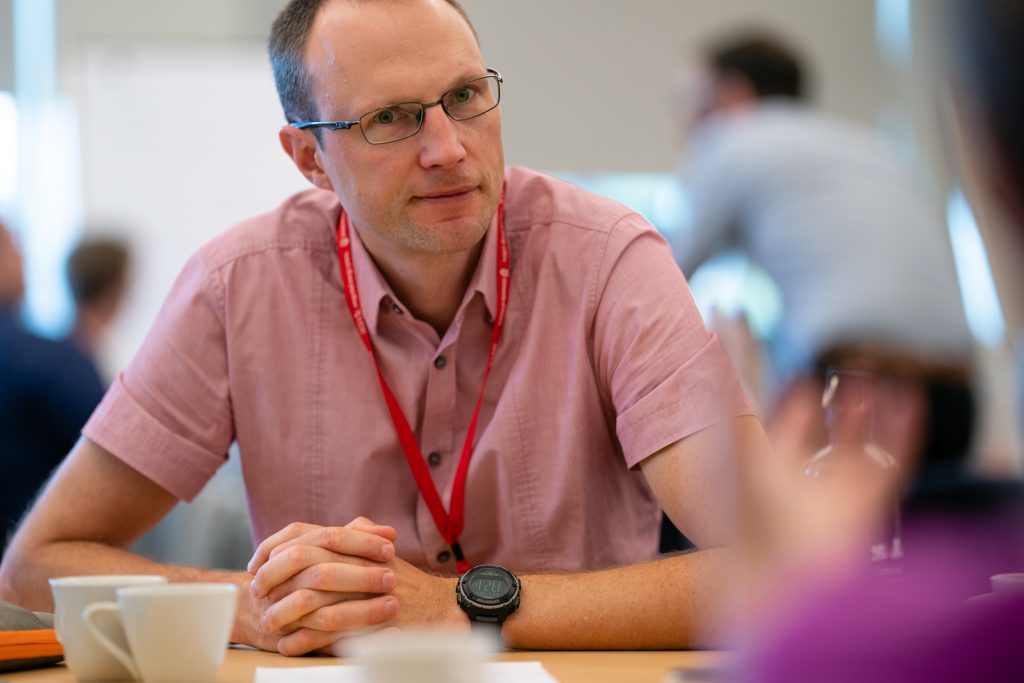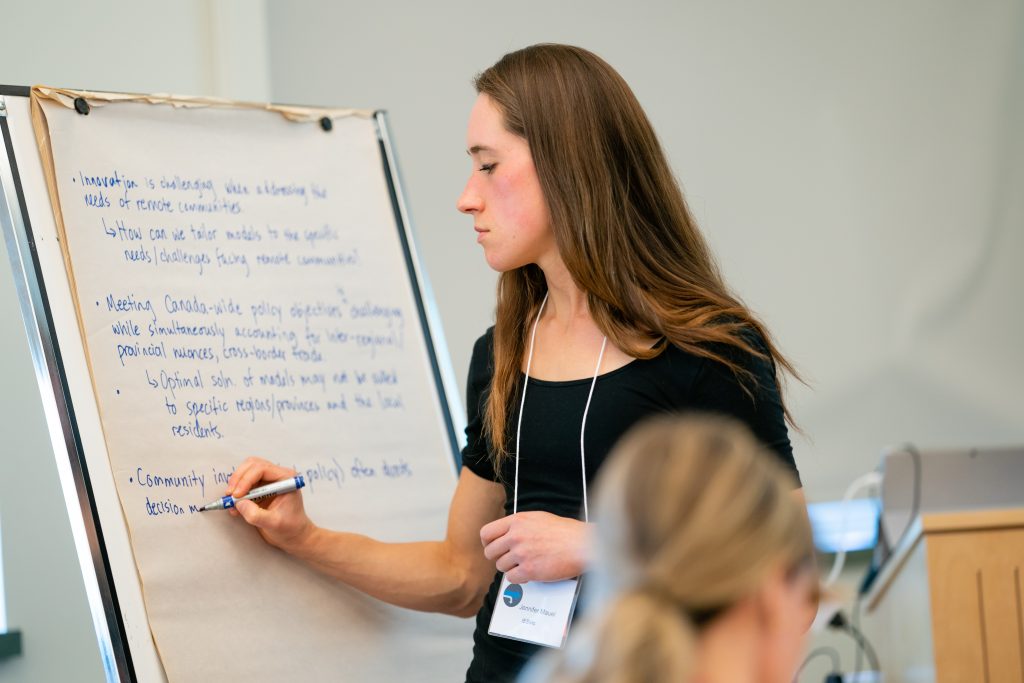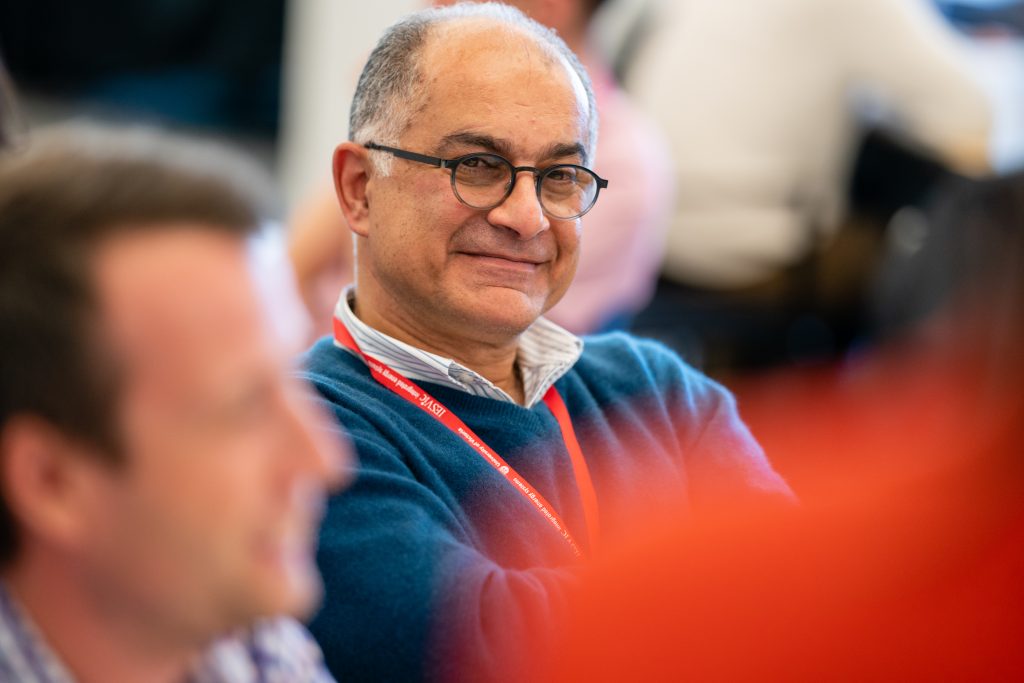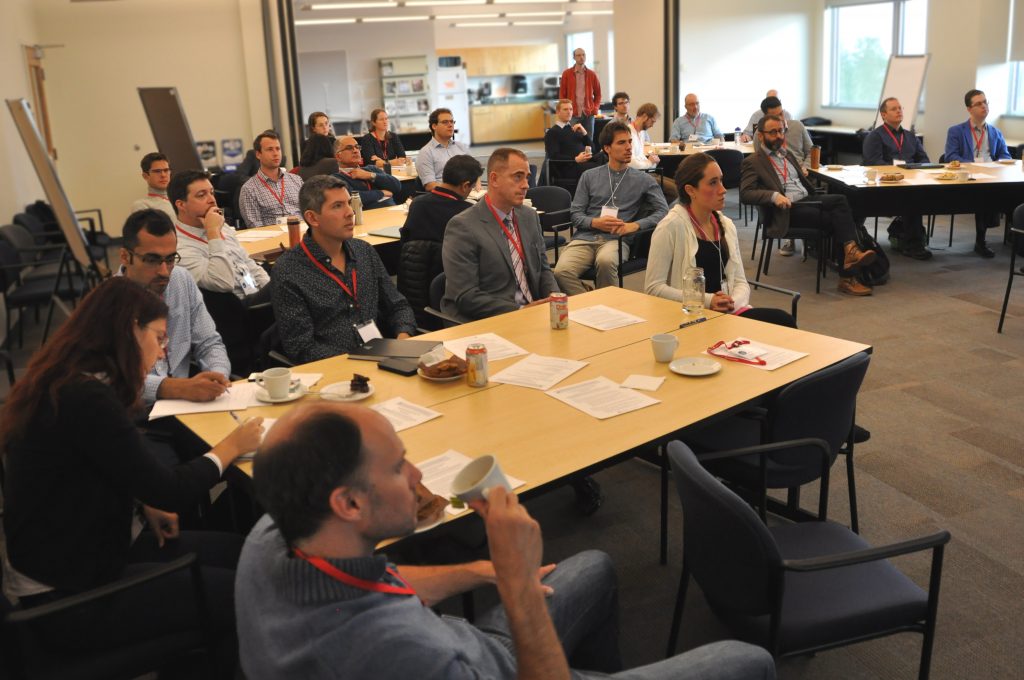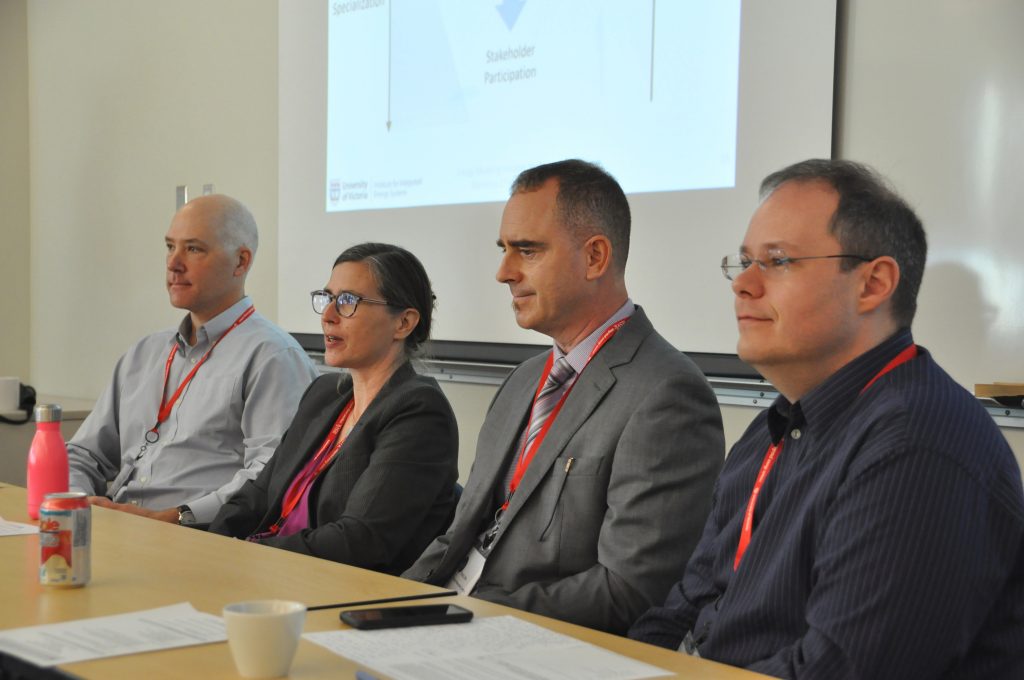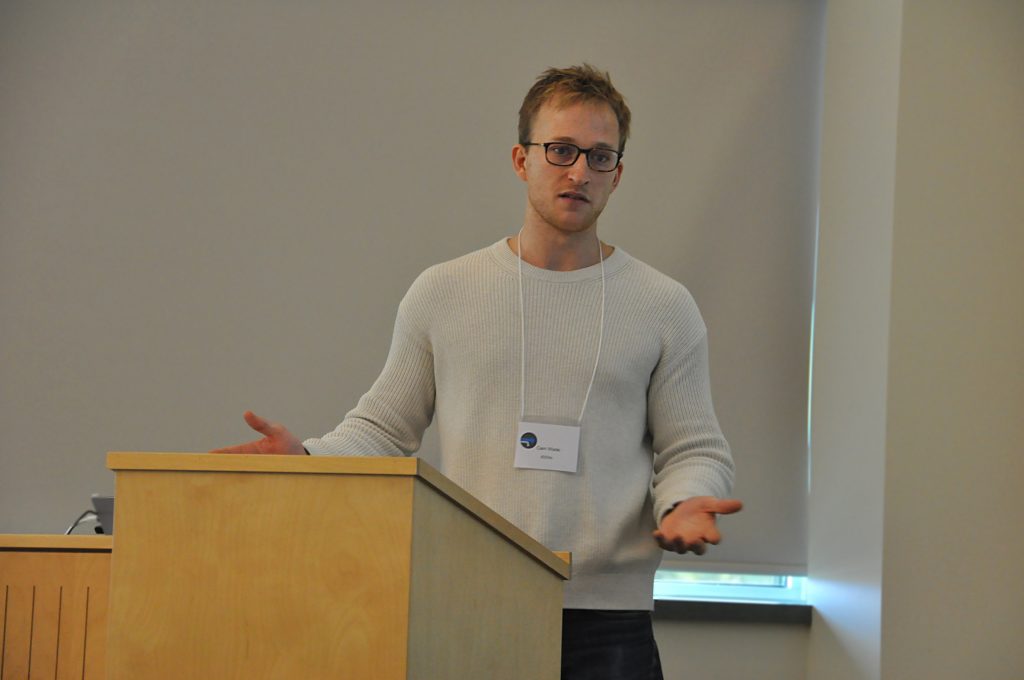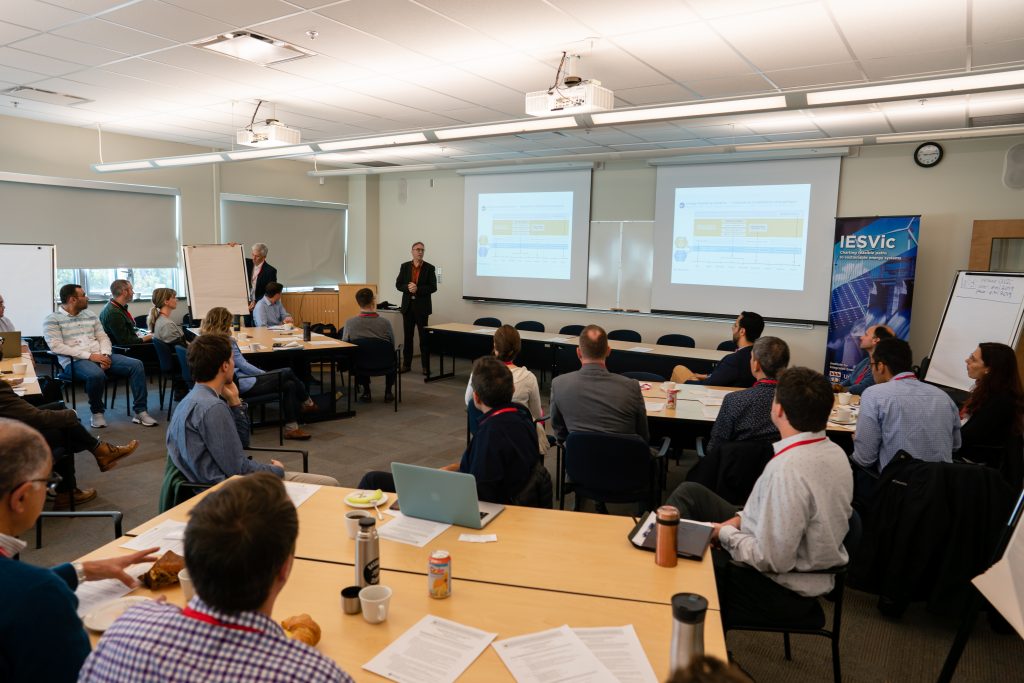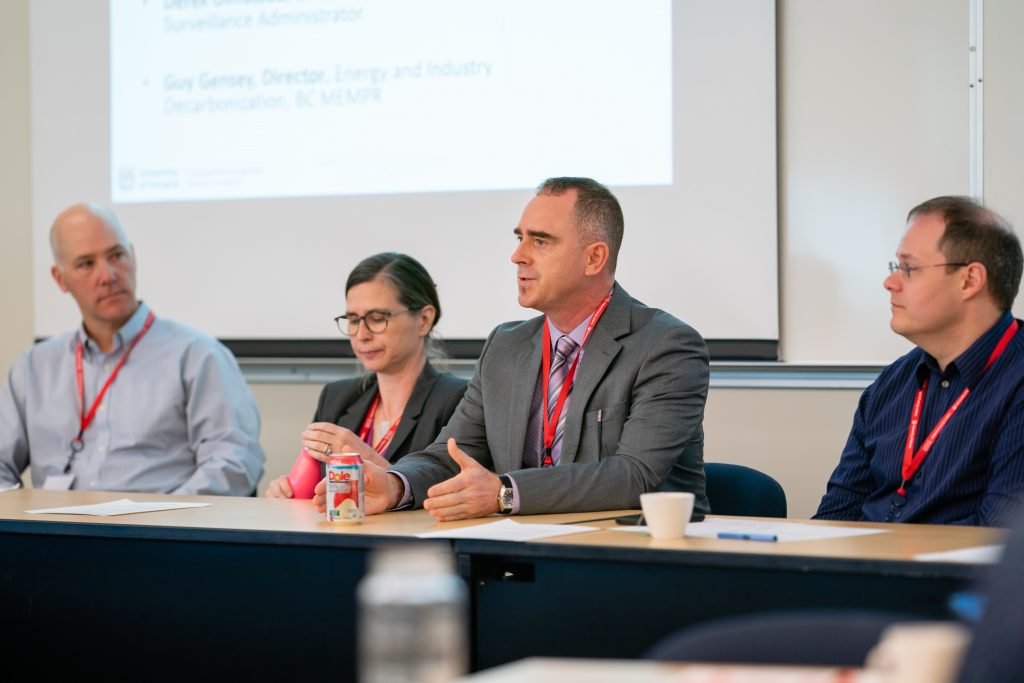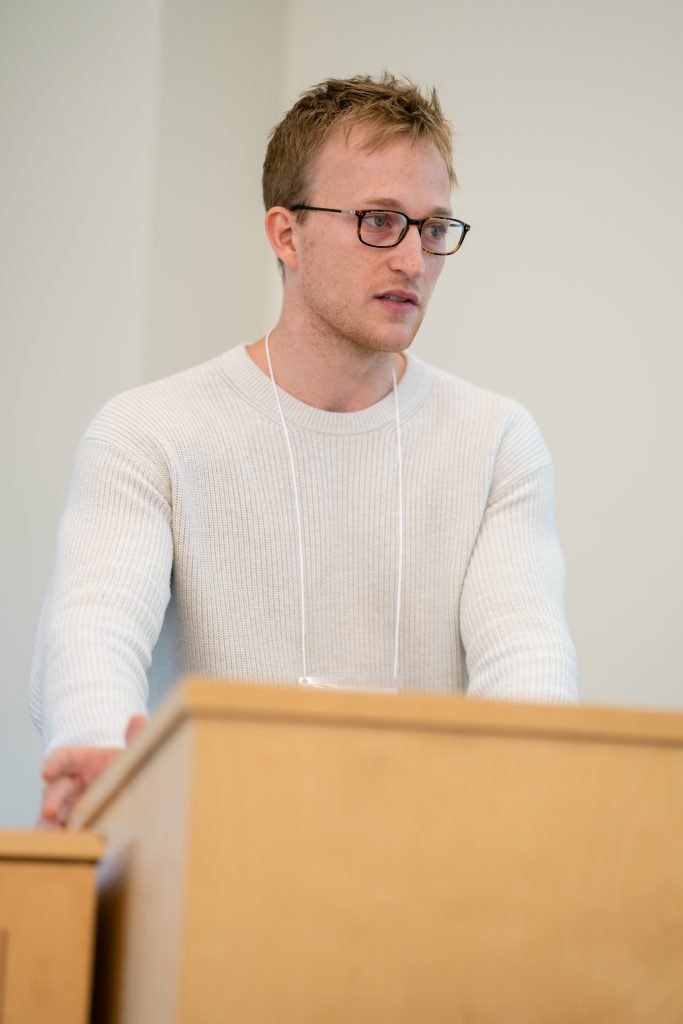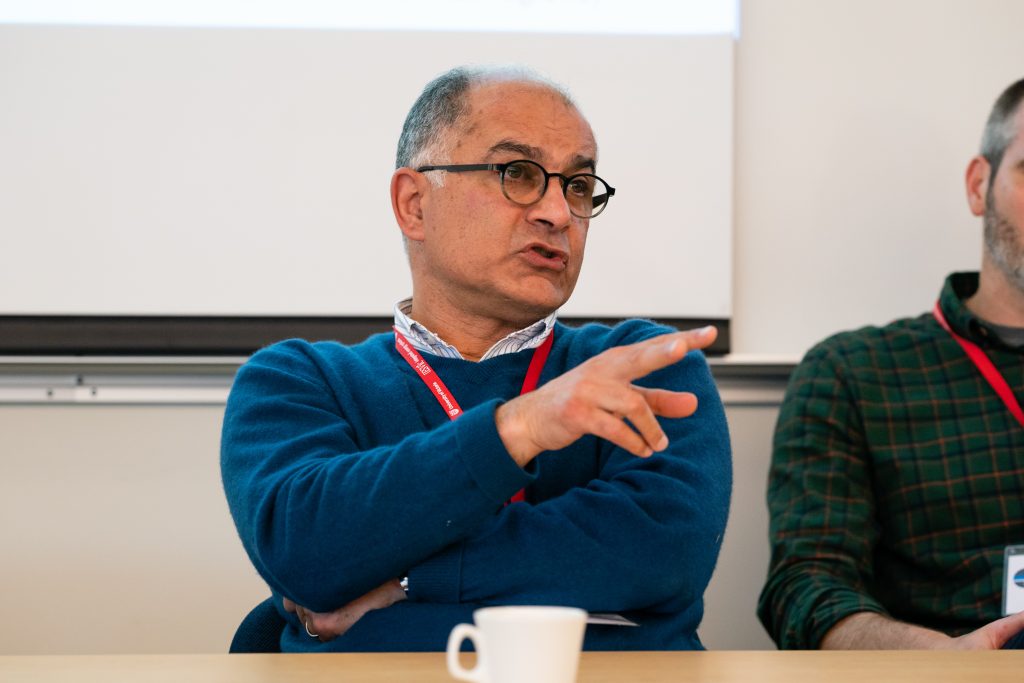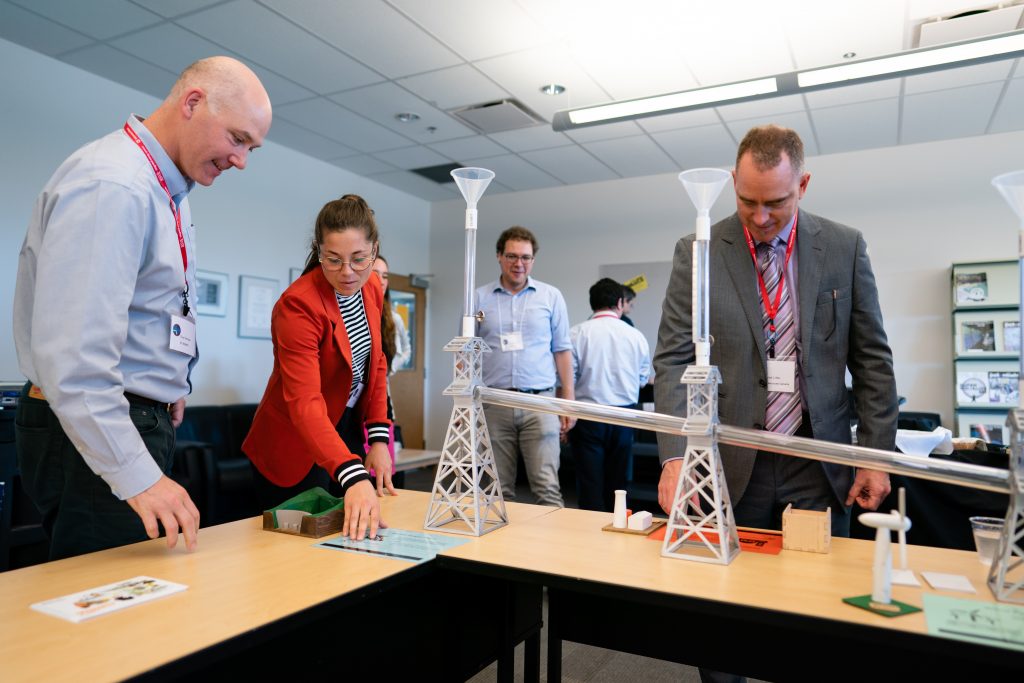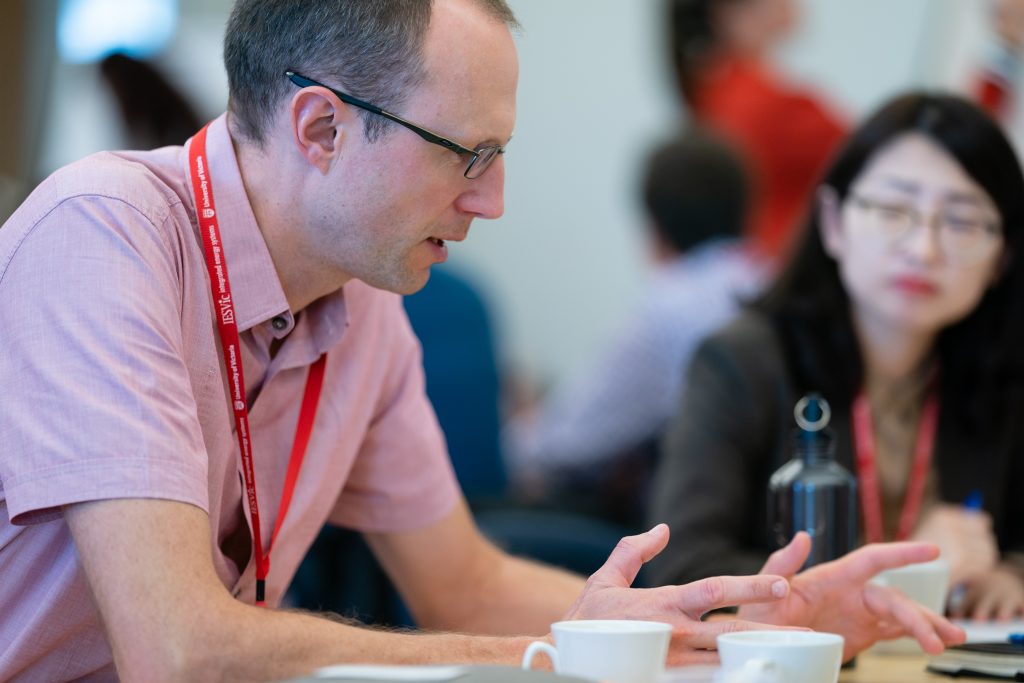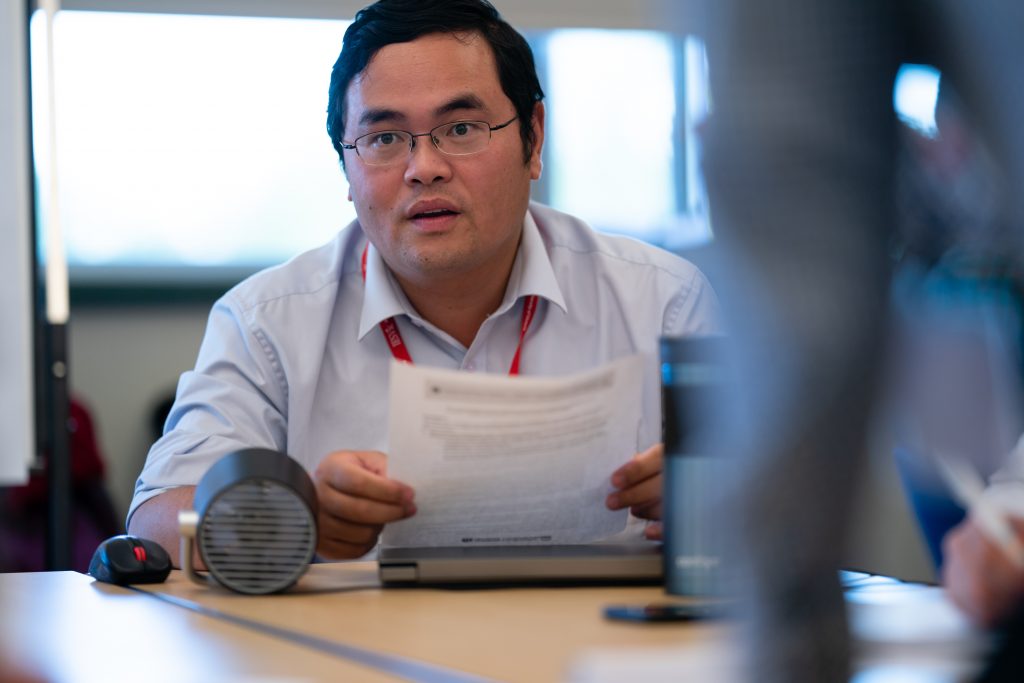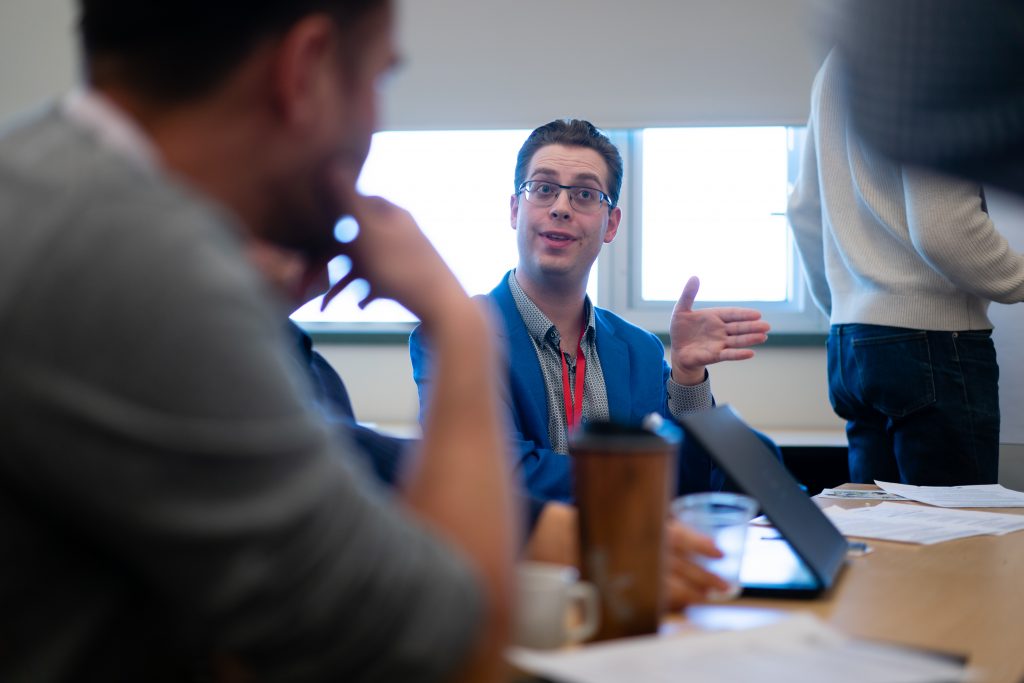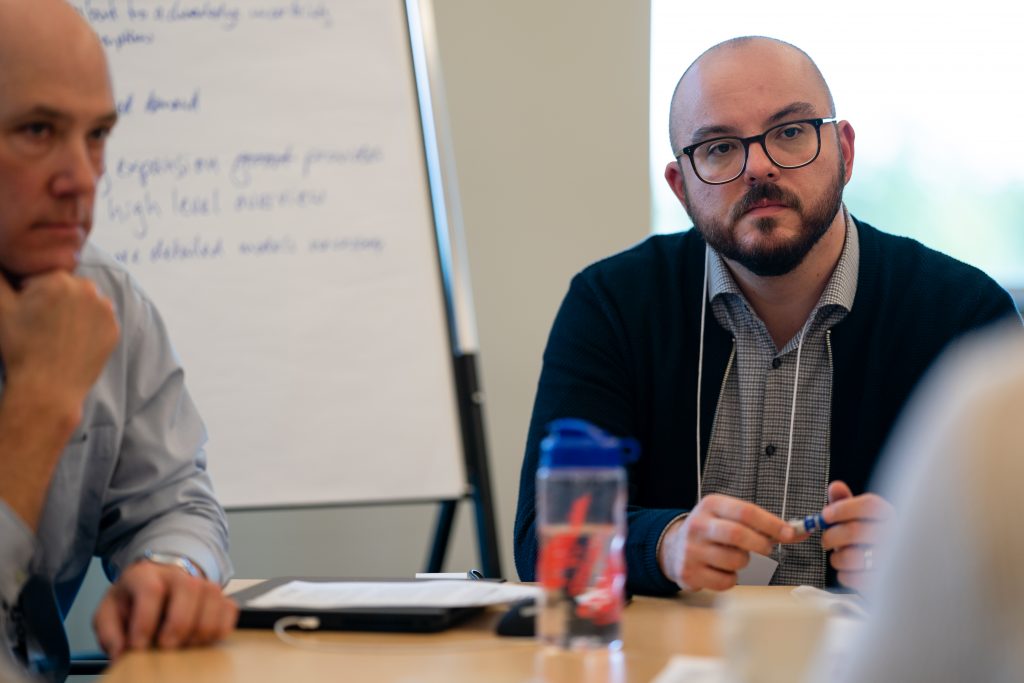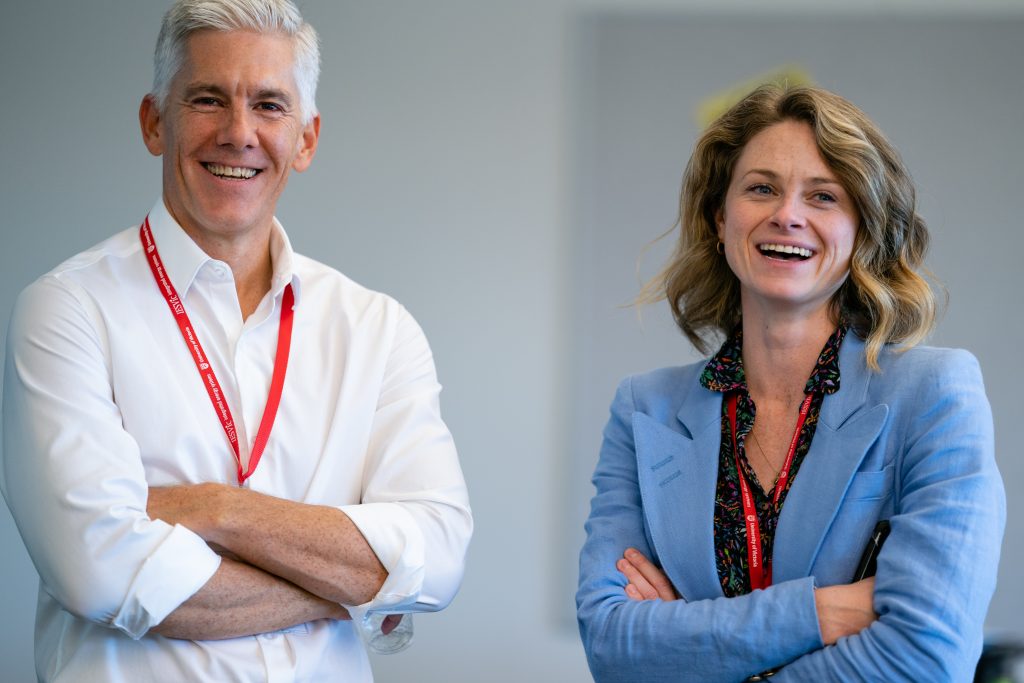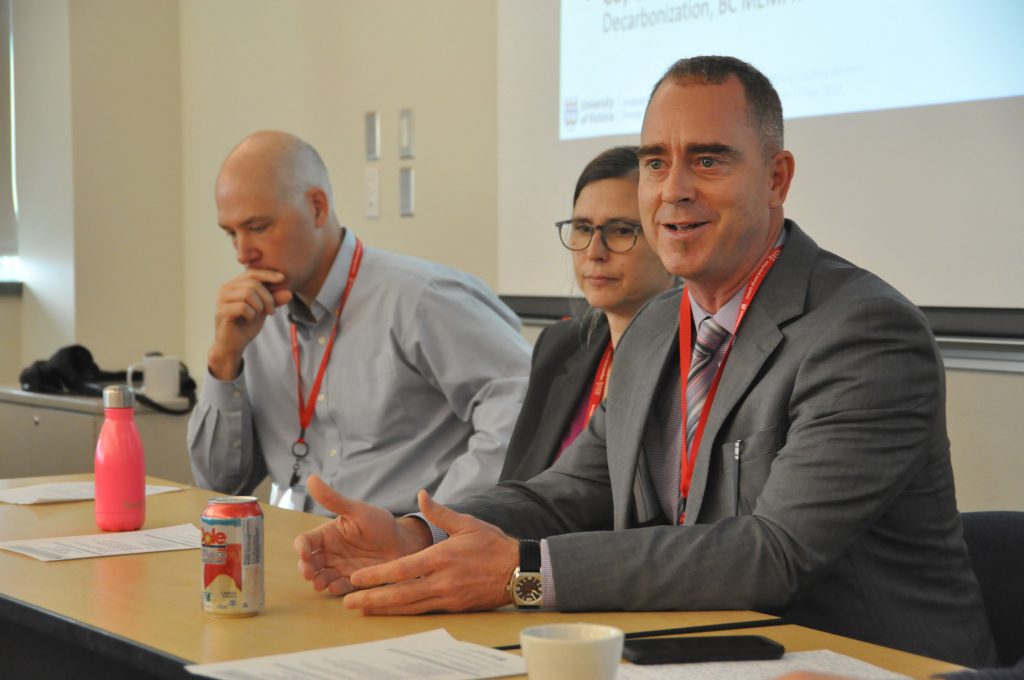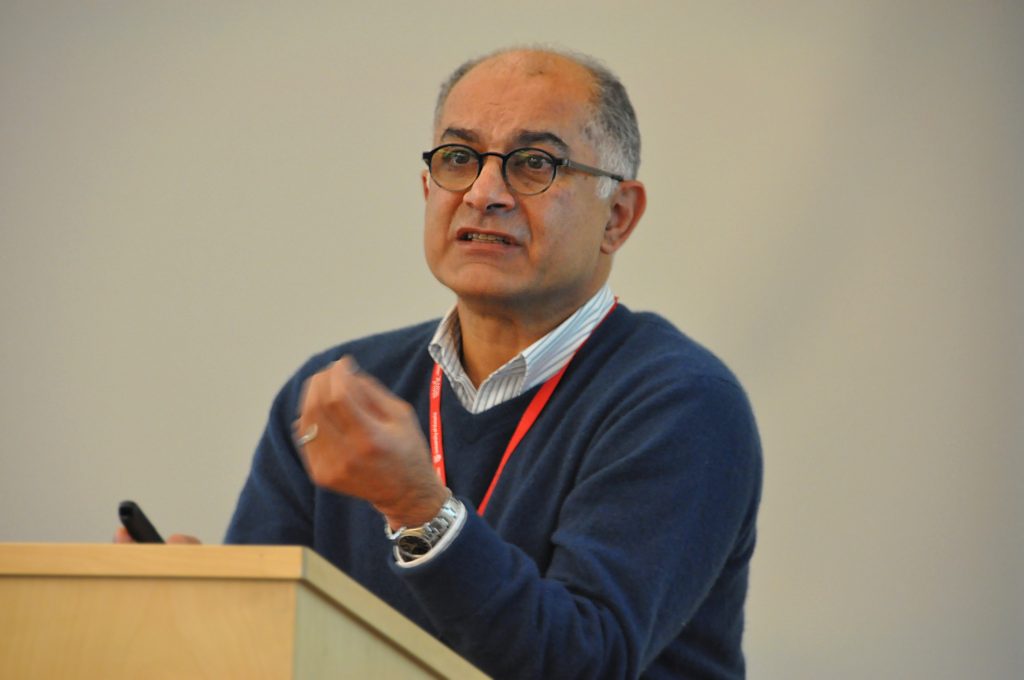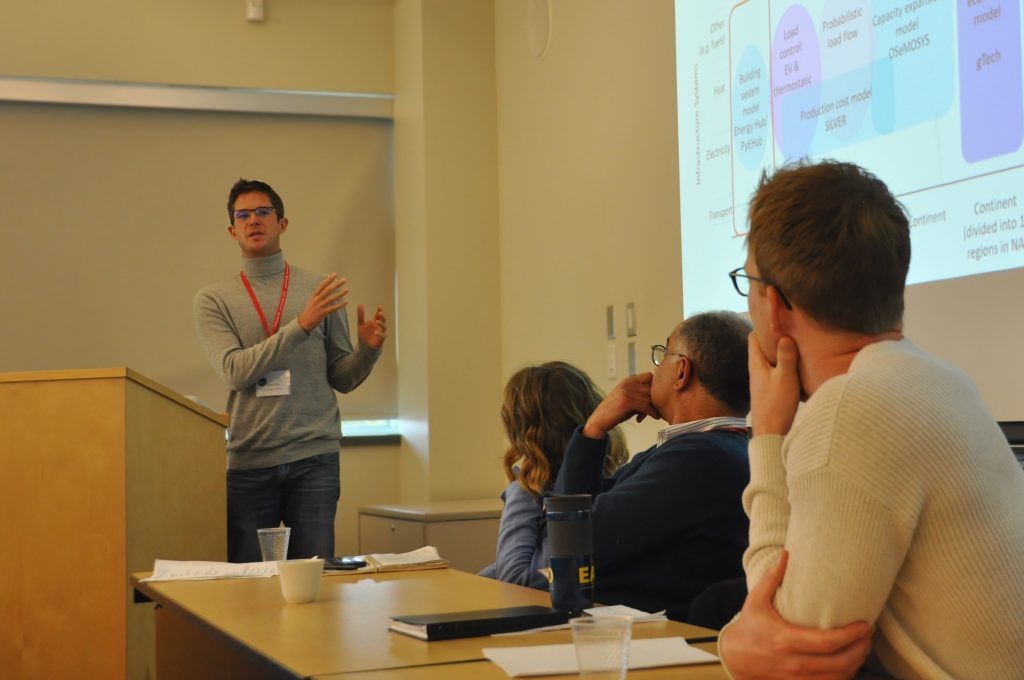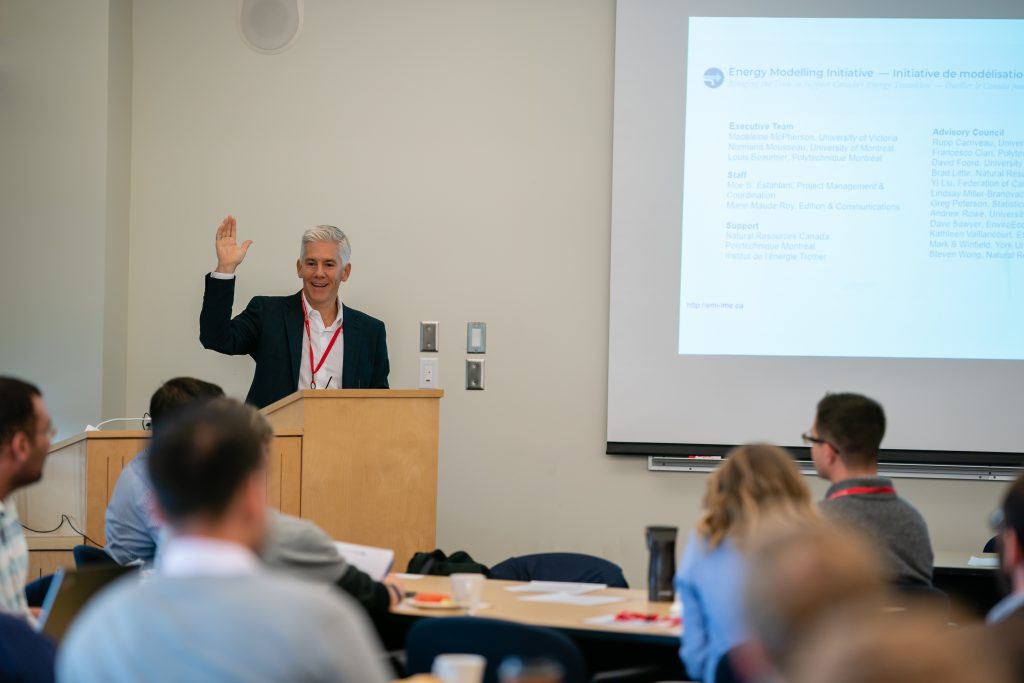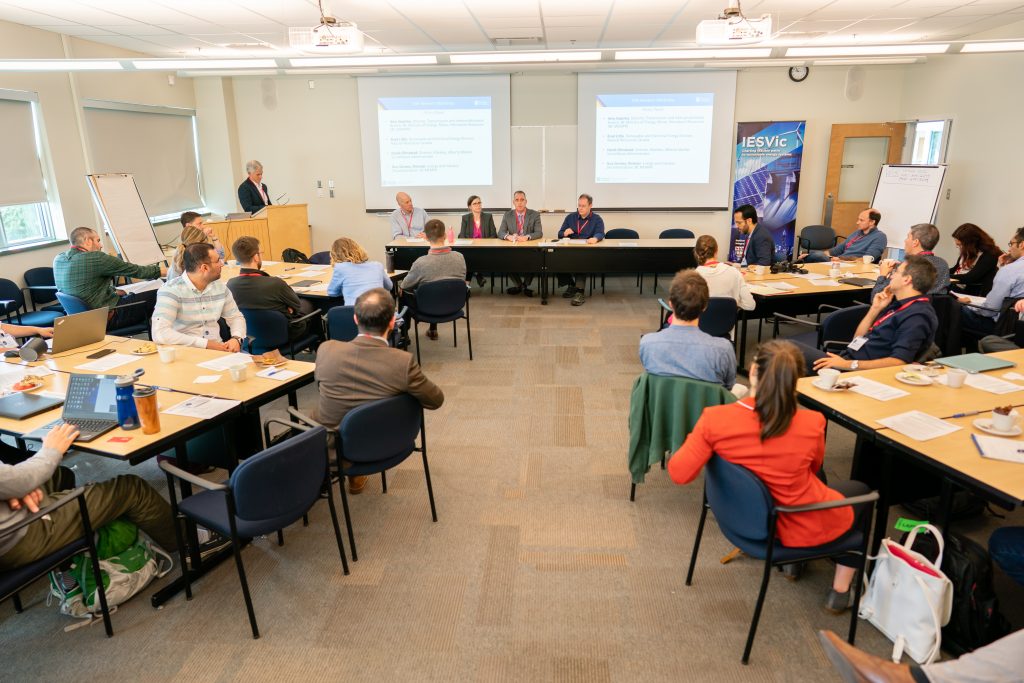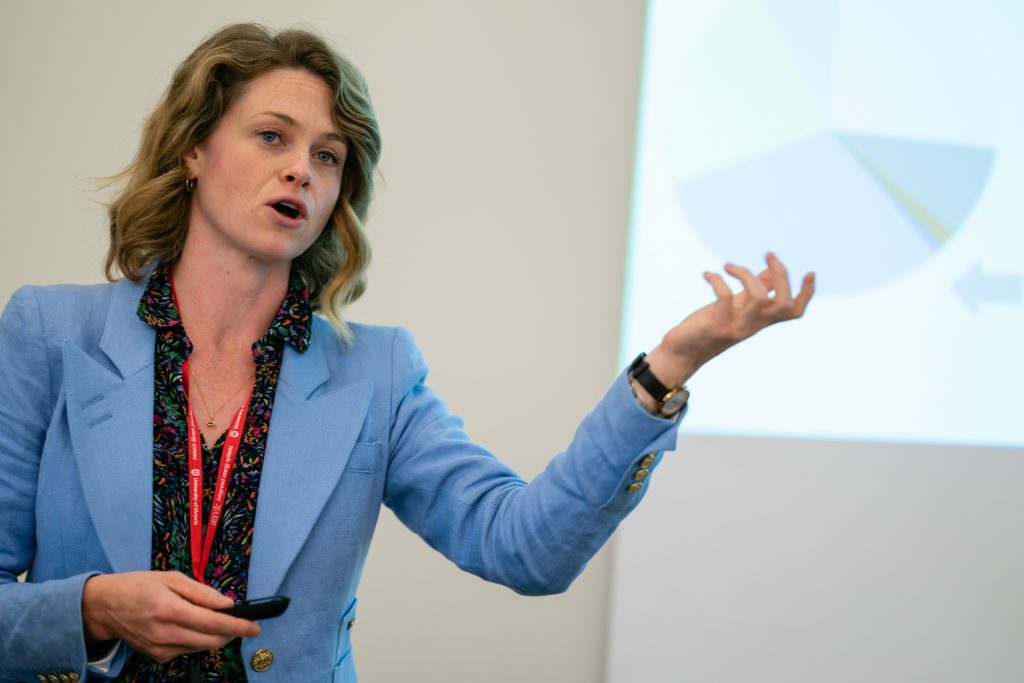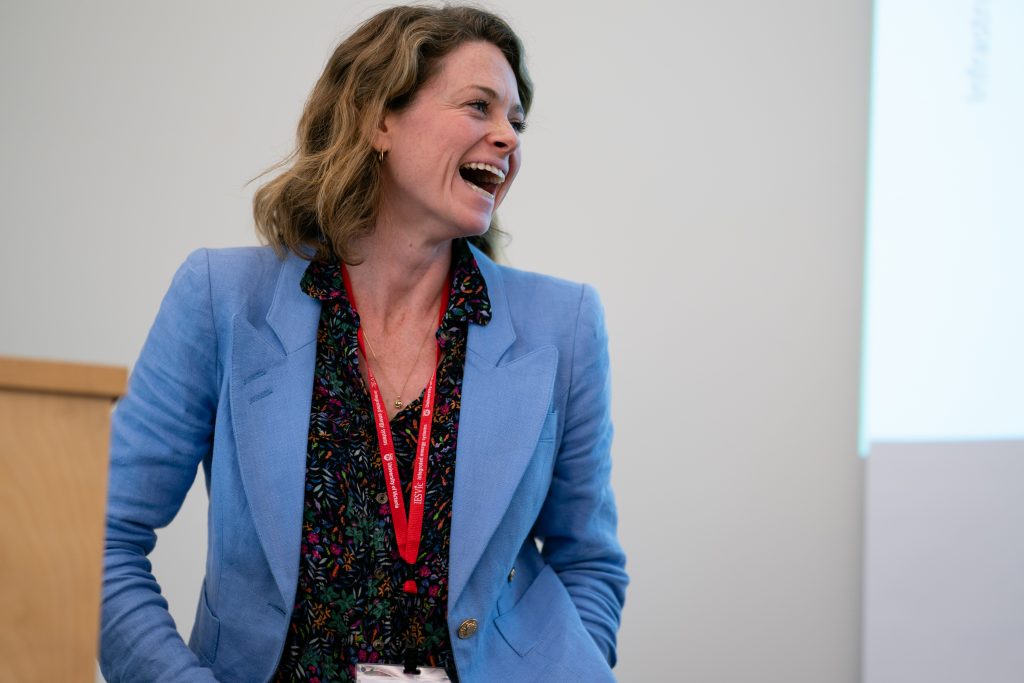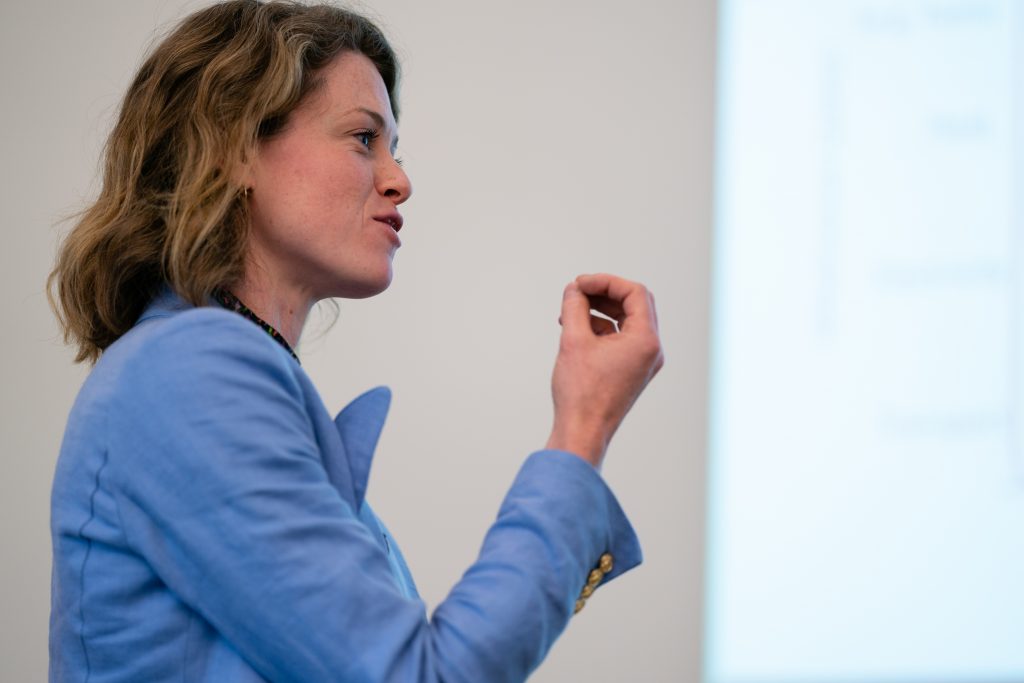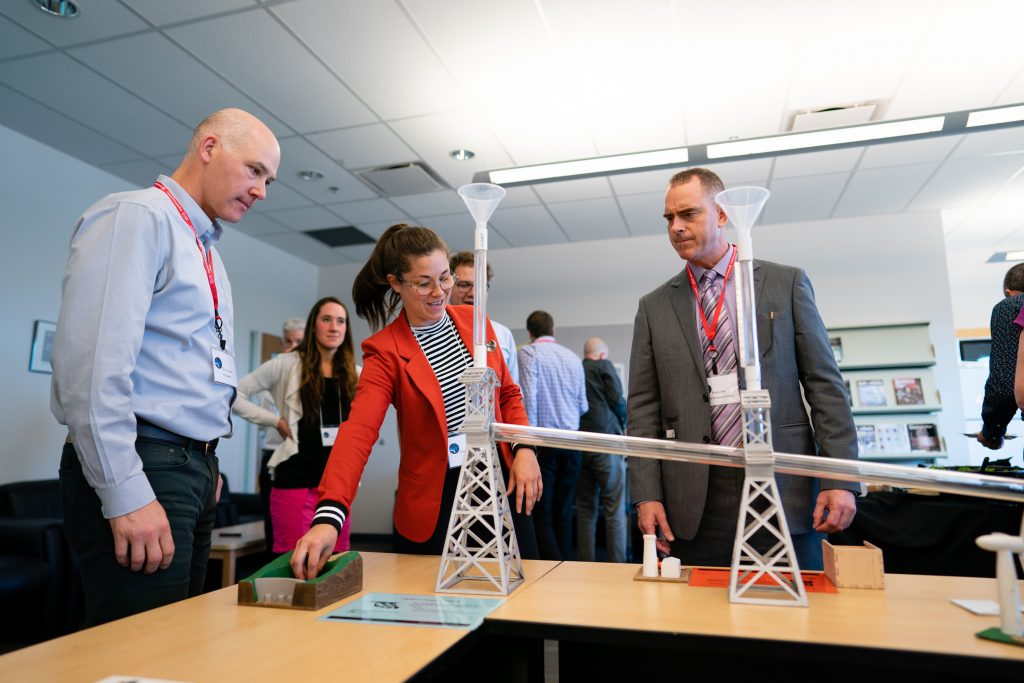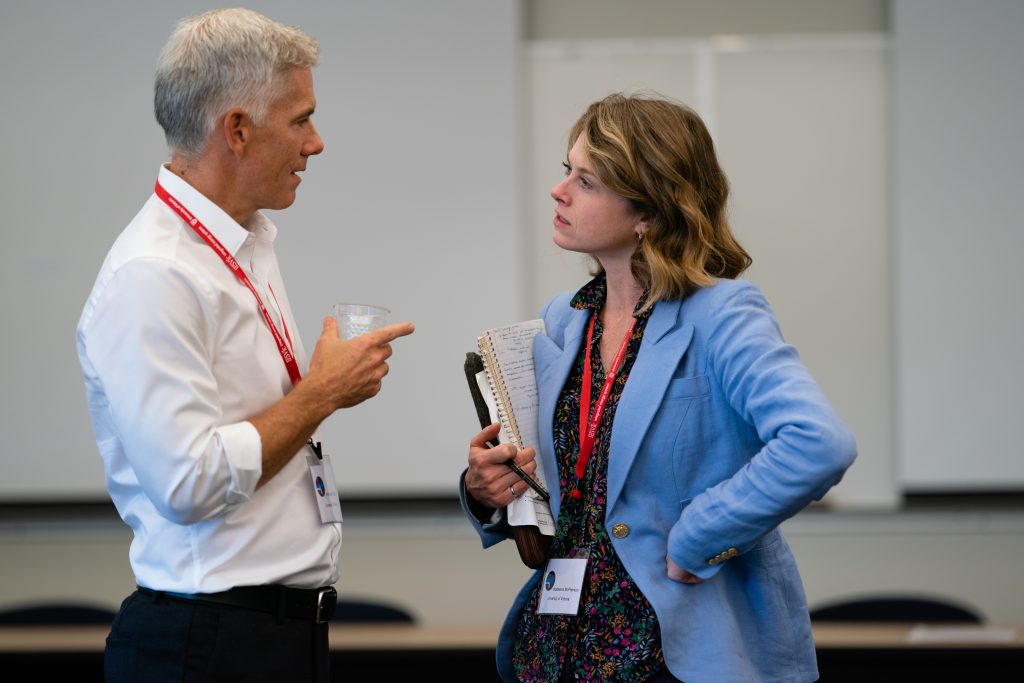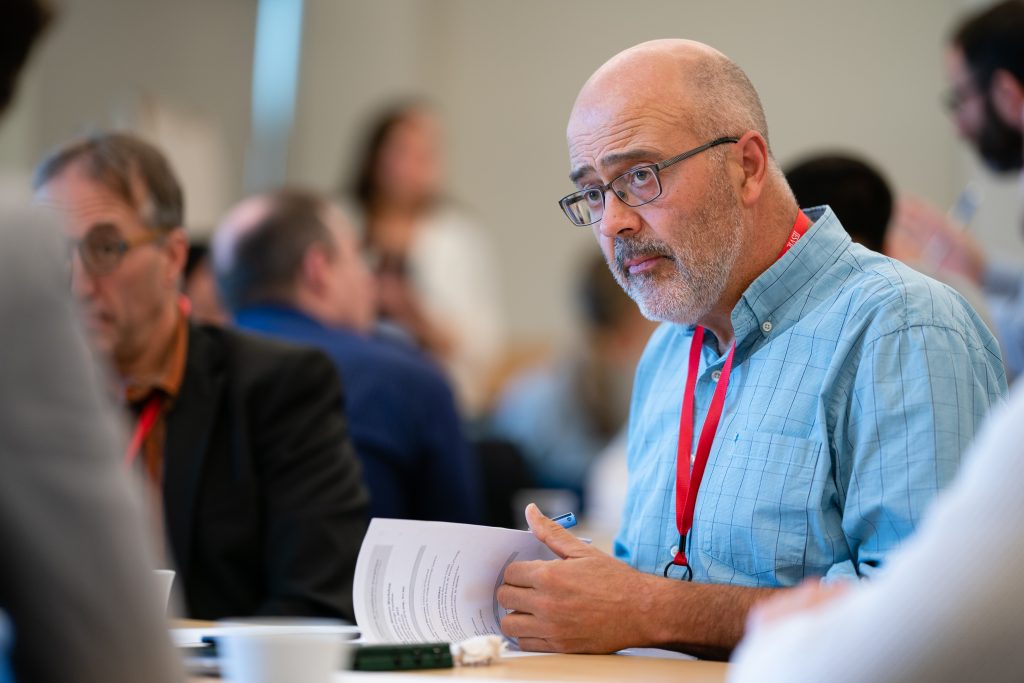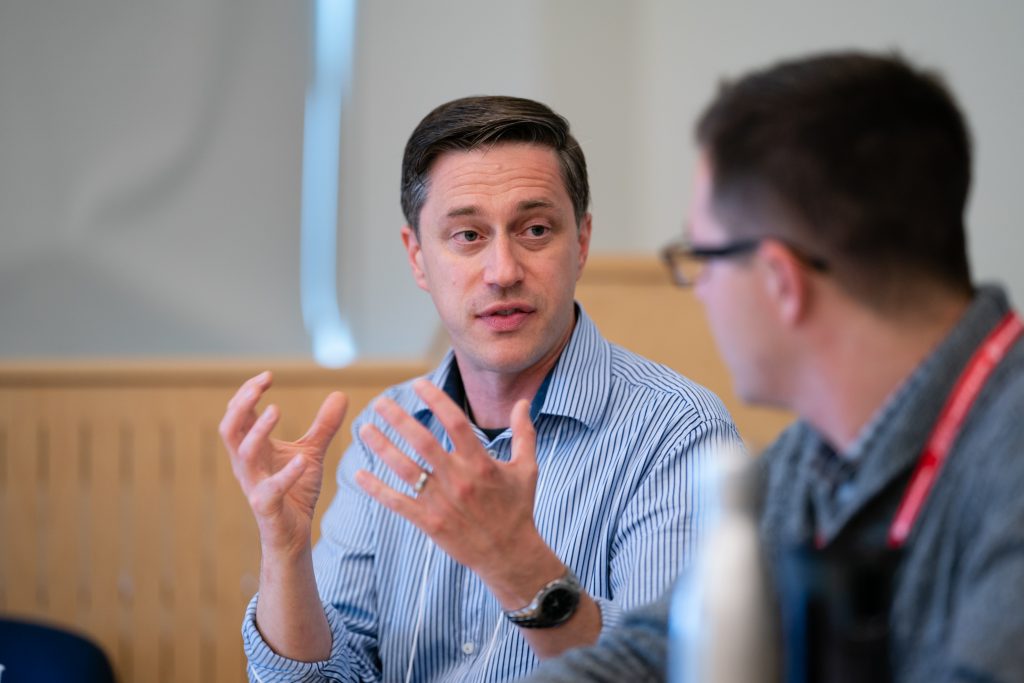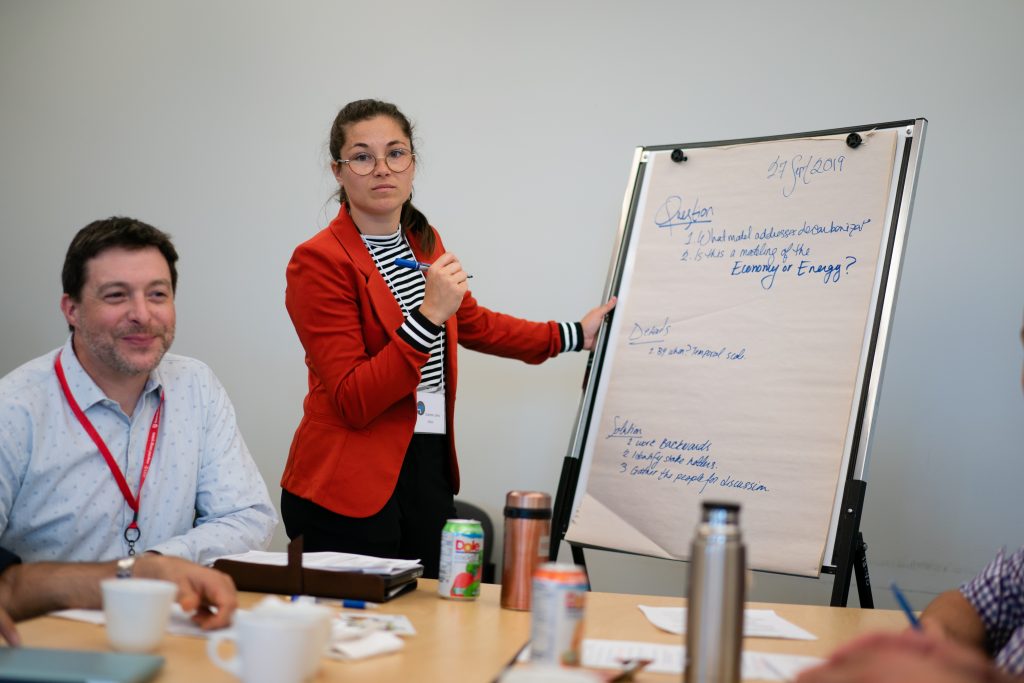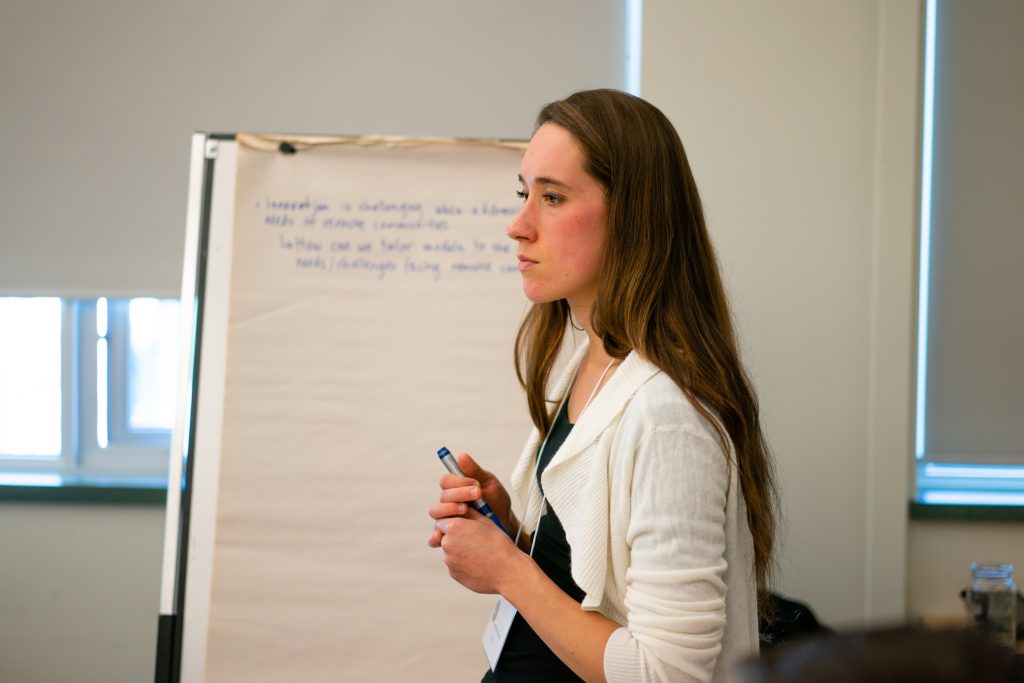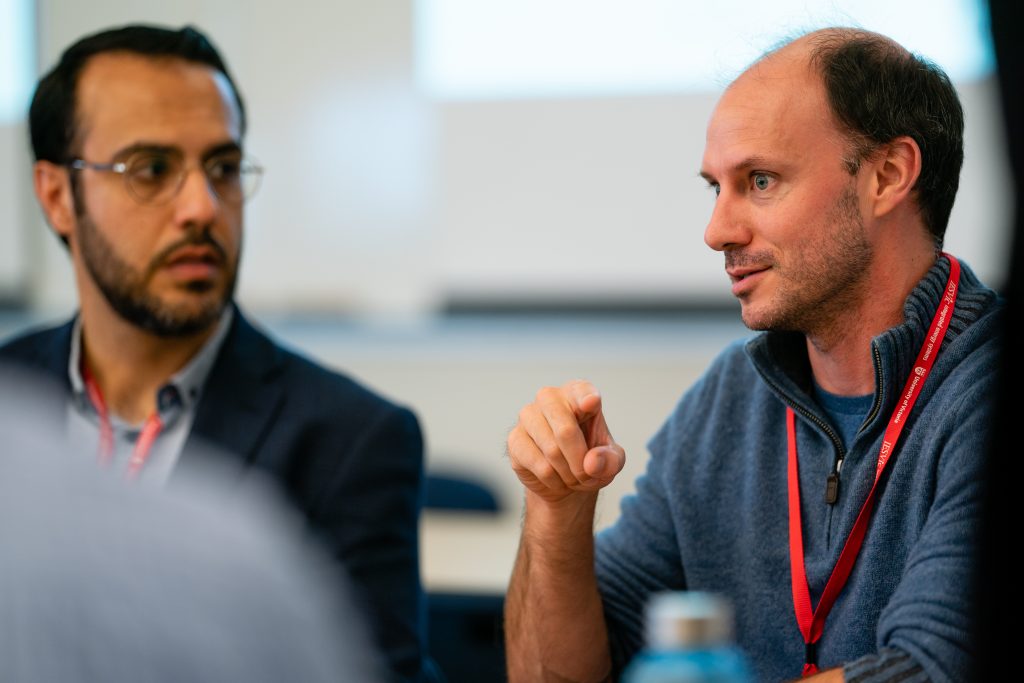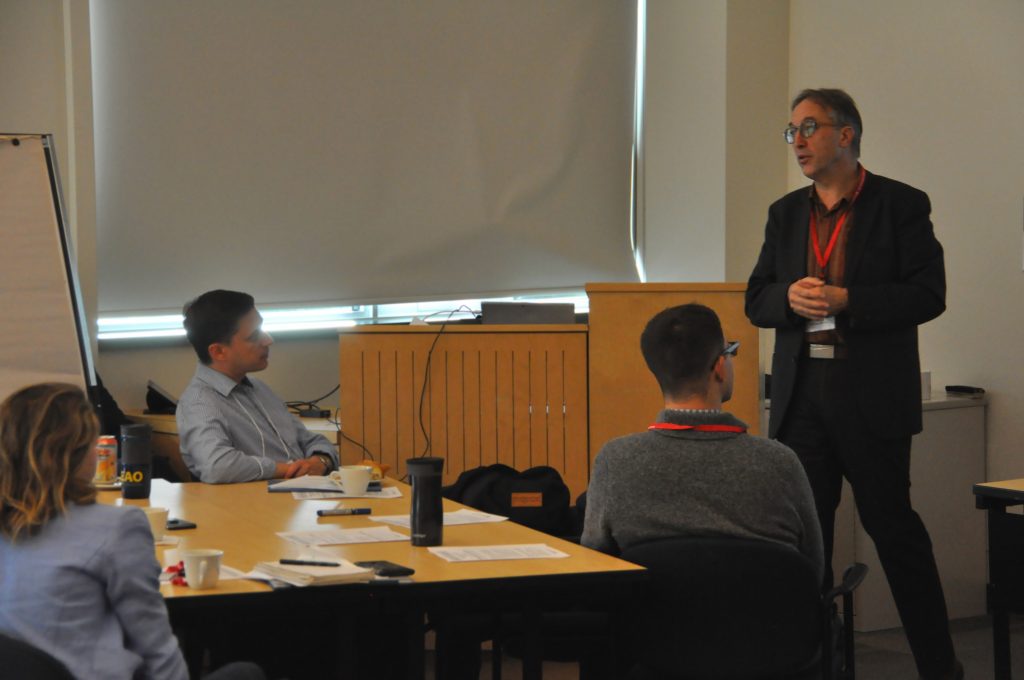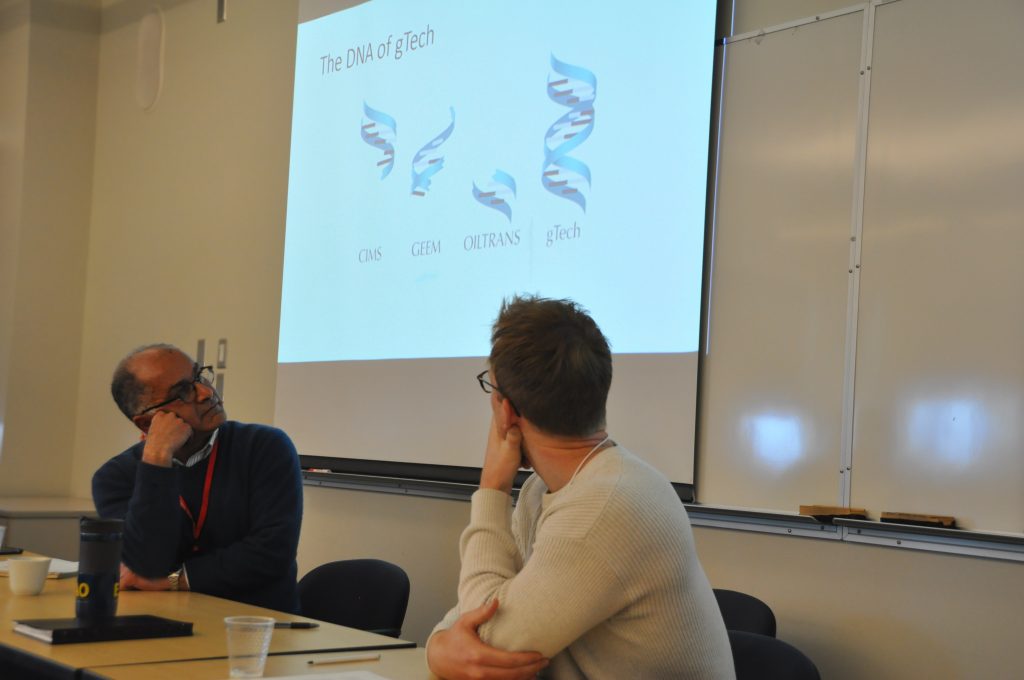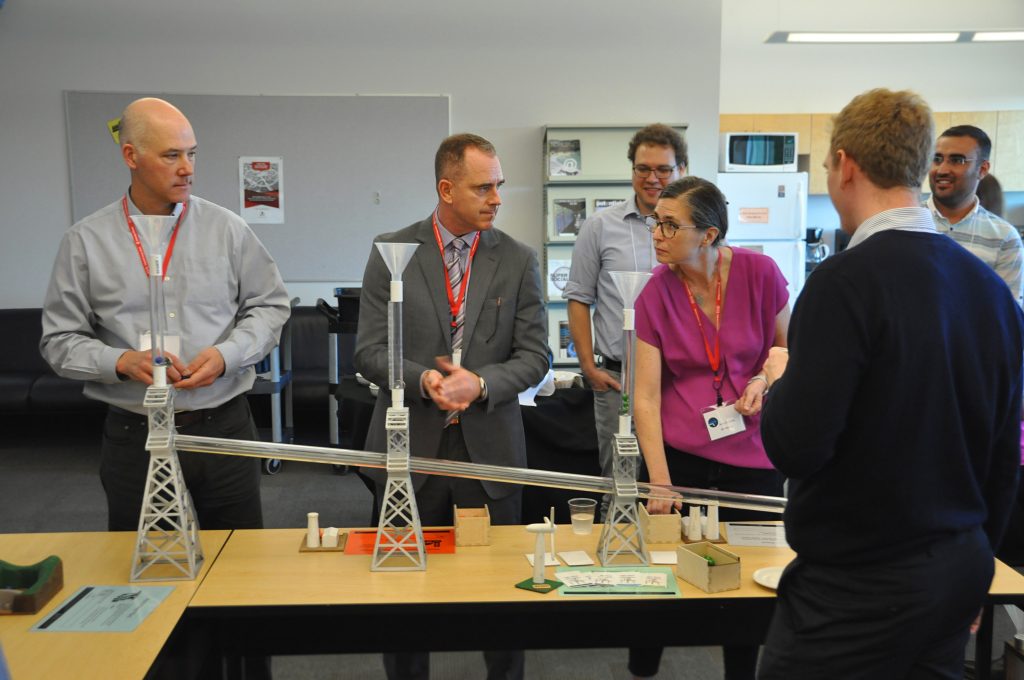Continuing the dialogue
The Energy Modelling Initiative Western Regional Workshop is the second in a series of three workshops. It was held at the University of Victoria on September 27th, 2019. Hosted by the Institute for Integrated Energy Systems (IESVic), approximately 40 participants representing academia, government, utilities, and energy actors were in attendance. In accordance with the overarching EMI goals, the objectives of the workshop were to:
- Foster discussions between regional stakeholders
- Produce a regional perspective on electricity and energy modelling for policy
- Highlight the value, potential, and limits of modelling in the regional context
- Facilitate the crafting of the 10-year work plan proposal by outlining
a. Mutual expectations for policy & modelling community
b. Essential ingredients of a unified community
- Articulate regional insights that could contribute to a final synthesis report
- Facilitate the crafting of a work-plan to enhance modeling for policy, including
a. Mutual expectations facilitating interactions of policy & modelling community
b. Essential ingredients of a unified national community.
Finally, information was collected to create an inventory of modelling approaches, tools, and researchers.
Workshop structure
The day was divided into a morning session framed around two moderated panels, and an afternoon case study consisting of round-table discussions. The panels were used to frame some of the key tools and considerations facing policy makers and modellers in their respective roles. The afternoon case-study provoked discussion and ideas as to how electricity and energy modelling can be better integrated into policy making processes.
The Western Canadian region comprises a diverse range of economic, resource, and cultural characteristics with substantial differences in electricity generation mixtures and carbon policies. To help frame the thinking participants and identify the needs around energy modelling and policy, a positioning statement was created with three linked roundtable discussions. The case study was framed around the movement of energy and materials across provincial boundaries, and the associated GHG emissions due to these activities—a common issue facing the region. This important subject was used to provoke conversations on the following topics:
- Electrification spans a breadth of decision-making jurisdictions (municipal, provincial, federal, international) and systems (gas, electricity, water). Individuals operating devices behind the meter, provincial planners developing load forecasts and infrastructure expansions, and federal negotiators making climate commitments all have different needs and information requirements. Representing these requirements in energy system modelling, calls for a range of models with different frameworks, spatial-temporal scales, objectives, and so on. How can modelling be applied to explore pathways that reach our decarbonization objectives?
- There is a natural fit between modellers and policy-makers: modellers often develop insights that could be useful to policy-makers; policy-makers often seek evidence to support decisions and policy. However, despite this natural fit, we are here today in part because we don’t always witness or partake in projects where this natural fit manifests. How can we increase synergies between modelling and policy making?
- Ultimately, we—the policy and modelling community—need to move from a paradigm where policy recommendations appear in the concluding remarks of our academic papers or reports to a more effective process. What resources, frameworks, tools, institutions, support, etc. would be helpful for creating an effective national modelling platform to serve policy-making?
Documentation
The following files are intended to keep track of the presentations and discussions that took place during the workshop. Please refer to it for the structure of the event, the ideas raised and a summary of the material exhibited at the event.
